This is a frequently asked question?
This is a FAQ description. Add more detail about this service, such as benefits, appearance, components and value

13218307041
Is there a way to manage screen time with kids? This article is full of realistic ways for families to use screens and help avoid transition time meltdowns. Included in the post is a process for resetting screen time at home if it has become unsuccessful.
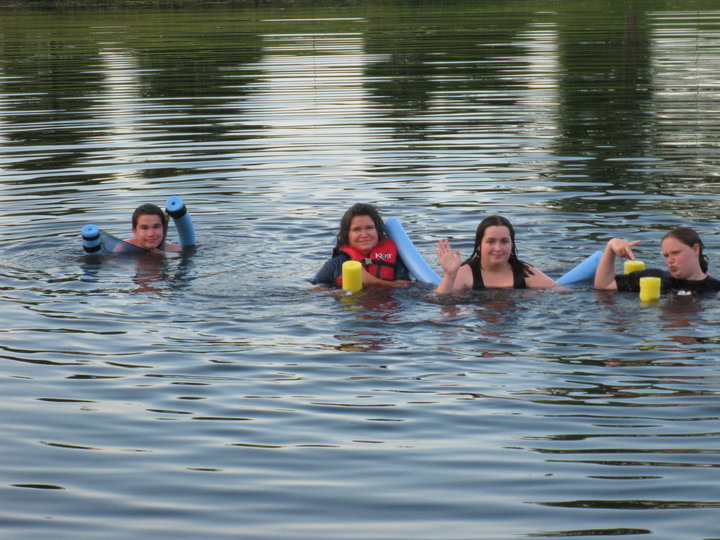
This is the reality of screen time in my house.
It exists. It is used. It’s powers are harnessed for good.
I use TV and screens as a tool. We’ll get to what that means, I promise.
Screens are a tool I have access too and for that, I’m pretty grateful.
I sometimes wonder what mornings were like for parents in the 1920s without Ryder and the Pups to somewhat parent the children while Pa chopped wood and Ma fetched the eggs…
But this is not a life I lead.
I lead a life where I have TV to help at times when I need help, and I use it. TV in the morning serves a purpose for my family: it allows me to set the morning stage, get cooking, and home-director tasks started.
That’s the end of screen time for my kids each morning. That’s it. A show to help me out and then we move on with the day. They have another 30 minutes of screen time in the afternoon as part of their quiet time/post naps routine.
Here’s the best part:
My kids don’t beg for more.
My kids don’t hound me all day.
They kids aren’t up in arms when the TV goes off.
Why? Because there are boundaries.
There are expectations, there are routines, and all that goodness rolls into a nice little screen time plan for my family.
Please know that I don’t have rainbow unicorn children who are fairy dusted and void of meltdowns. The routines we have around screen time were carefully and thoughtfully built to produce a “system” where we can live (virtually) screen/tv tantrum free.

If you are a planner, you probably have already started holiday gift shopping. It hits me when I posted Toca Hair Salon Christmas – I could start looking for deals on apps my son likes and put them on an iPod we don’t use anymore. It would be a good holiday gift. If you like the idea, but have no extra device to spare, you can still buy some good apps and then “hide” them. Below we introduce 3 levels… Read more

I like to be able to change the screen orientations when I use iPhone or iPad. Depending on what you are doing, sometimes it is better using portrait orientation, sometimes it is better to use horizontal screen. However, if a child is using the device for a extented time period, say watching a movie or a video, especially a young child, he/she may not be able to keep the device still, making the orientation changing all the time, and then… Read more
Many parents worry about kids’ screen time and look for solutions for parental control of screen time limit. The good news is the function is available on iPhone and iPad with the Guided Access feature. The Guided Access allows you to lock the iPad or iPhone screen within the app you choose. When it is on, kids can only use that one app. To get out of the app, they need your password to stop Guided Access. We have a detailed… Read more
Since I posted How to Child-proof iPAD, I received so many questions asking how to lock iPAD screen or iPhone screen, so kids stay within the app you want them to. Today we share how to use Guided Access feature to control kids’ screen time and app access, an important parental control feature that iOS has. Beside tech tips, iGameMom shares fun STEM learning ideas for kids. If you would like to receive free learning ideas, sign up for iGameMom… Read more
Many families will have a new iPad during the holiday season. What to do with a new iPad? Especially if you have kids, will you let the kids access the iPAD? I can tell you, even you don’t want to, kids will get on it sooner or later. So it is better to be prepared as parents. How to make sure the iPad will be ok after kids accidentally drop it? How to keep kids safe online? Here are 7 must do… Read more

It is hard to believe the school is starting soon. Are you ready for the kids going back to school? Are the kids ready? We have shared our tips on how to prepare kids for back to school. Today I am also sharing some wonderful apps that will help kids be ready to back to school, and do well at school for various subjects. I hope these back-to-school apps will help the kids to achieve straight A’s and stay happy socially! First, here… Read more

This is a true story. Two weeks ago, when we were getting ready for our son’s soccer game, we couldn’t find my husband. We did not know where he went. We looked and found out he was downstairs trying to take apart his phone – he dropped phone in the toilet and was trying to dry the wet phone! Has this happened to you? Accidentally drop your phone into water, like toilet, sink, swimming pool, … ? What do you… Read more

How do you share pictures with family and friends? Do you email them? Today I have a Free app that letting you share picture between devices for free instantly. You can even share it with many people just by one click. Chirp is a free app. It transfers files by creating a unique sound profile. When the app sings aloud the chirp, any device that has the app running can hear the chirp and receive the file encoded by the… Read more

Do you have a lot photos on your iPhone or iPad? How are you sharing these photos with family and friends? There are some third party apps or programs letting you share photos online, but today I am going to show you another way that you can share your photos right from your iPhone and iPad, no need to sign up a third party service, not even an email. You can share your photos with family and friends using Photo… Read more

Is photo storage an issue for you? I have been looking for free picture storage apps and online photo storage options for a while. Many suggested Amazon photo storage, but it is only free when you are Amazon Prime member. Is there any other free options? I just find a perfect solution. Shutterfly has free apps for iPhone and iPad and other devices that provide unlimited storage space off your camera. Update: Don’t use Shutterfly. I just lost all my… Read more

Many people don’t put data plan on their iPad. This means the iPad cannot access internet or send emails without Wifi, or when the Wifi signal is too weak. Have you ever had the experience sitting at a busy airport trying to send out an email, but you just can’t? Do you know you can use your iPhone as your own Wifi hotspot wherever you go? This means your iPhone can provide Wifi connection to your iPad and computer via… Read more

Happy New Year everyone! 2013 is a great year for iGameMom. We have been working hard to provide recommendations on apps and resources on iPad for kids. Looking back, here are some proud moments I’d like to share with you – our readers, and thank you for your support! 1. iGameMom’s community has grown over 10 times from couple thousands to over 20K across different media channels. 2. We have been reviewing apps daily (except Sundays), even on some major… Read more

Clumsy Ninja is a free app that is very different from typical Ninja games. Kids are into a mission of training a Ninja – from capable of doing no Ninja moves. The app is free to download, with In-App Purchase options if you want to move up fast. But we have managed playing it without any In-App Purchase, and I think it is more fun to play it this way, since it gives a little more challenge. Here are some… Read more

A while ago I reviewed a kids reading program Bookboard. It received great response: a large number of visits to the article and Bookboard membership sign up. In trying to understand why Bookboard got so popular, I put together some of my thoughts on kids eBook features. I am sharing here as a starting point for discussion. The intent is not to make it a comprehensive list of features, but some points for thought, so please share your thoughts in the comment. The… Read more
Allow me show you how I use screens at my house, how I manage this time, and what to do if your family is in a screen-time trap, with way more TV time than you feel comfortable with (been there!). I have tips for all of it.
Re-frame TV/screens in your mind as a parenting tool. Not a kid tool. A parenting tool.
In my home, we see it as a tool that we (the parents) have when we (the parents) need help. It’s a tool.
Think back on my morning: when I make breakfast and set up my day, I use TV as a tool to help me do that. Again, MY tool that I’m using to help ME.
Sometimes, things happen in the day and I need to access my tool again, so I turn the TV back on.
But again, it’s MY tool to use when I need the help. In a perfect day, I only need this help to start the day, get breakfast made, and reset the kitchen to be ready to take on the joys and messes of my family. It’s a perfect day not because I limited screen time to our routine schedule but because it means nothing went array where I needed help from screens to make life function.
Maybe you need this tool more around lunch time.
Maybe you need this tool during that purgatory time between naps and dinner.
Whatever time it is that YOU need screens to help YOU, well – that brings us to our second tip:
Ever move to turn the TV or screen turn off and your child goes ballistic like something from a Wes Craven film?
No judgement, it happens.
With screens, it often happens because kids don’t have a solid routine. They aren’t sure when they’ll get to watch again, they’re nervous this might be off forever, and they don’t handle that scary feeling super well.
Find a time each day and set it as your TV routine.
Just as with all things kids, a predictable schedule breeds comfort and security. This goes for screens too.
When I turn the TV off each day, my kids know it’ll be back on tomorrow morning. They don’t need to worry about it. The sun sets. The moon rises. My parents love me and my mom turns on TV in the morning while she cooks. These are constants in their life that they can hold onto.
They aren’t scared they’ll never see a screen time moment again so they don’t need to yell about it going off.
You can set your routine for any time in the day that makes sense for you family.
Bonus tip: Try using a visual timer. Visual timers make it really clear to kids when a time block is over. Using a visual timer with screens is a great way to keep things consistent and keep everyone on the same page.
Back to the whole “tv is a tool I use” thing: that also means that we (myself and my husband) “control” the TV.
Not in a scary overlord sort of way, but in a gentle, loving, I know what’s best for our family because I’m an adult sort of way. Kind of like how we don’t let them eat candy all day long.
Because TV is my tool to use, it also means that I use it when I need to (always in our predictable time slot, but occasionally again if I need major help).
That also means my kids aren’t allowed to or encouraged to use screen time as a break from their hard play work.
TV isn’t an option when they’re bored. Screens aren’t available as a fall back.
This is my tool to use when I need help, but it’s not my kids’ tool to use.
This goes hand-in-hand with Tip #2: When there is a routine, kids know when to expect screens and they know the boundaries around it. Is it normal for them to still ask for it from time to time and test this boundary? Sure! They do the same thing with candy. It’s totally normal, but it can be lessened by being consistent with the routine.
If you find yourself in a situation where screen time isn’t working for your house…
If you feel like a change in screen time is needed for your family…
If you feel screens are no longer serving a purpose but are instead replacing other parts of life…
Make the change.
And here’s one way to reset, if you’re able too.
Turn off the screens (as much as you can). Start fresh.
This will be hard, difficult, and no-fun at first. Change is hard, but when we know it’s for the betterment of our children and family, we can do almost anything.
This is a two part process: the first part is resetting life. The second part is reintroducing screens in a way to set both you and the child up for success.
Here’s the process that’s worked for my family (yes, even my family) whenever screens were being used so much they weren’t serving a purpose anymore.
Day 1: Limit screens by shifting the schedule
Remember: this reset is for families who feel screens are overwhelming their day. If screens replace systemic gaps for your family, like childcare, that’s very different. Read through my tips and find what may work for your family.
If screens are overwhelming your time at home, change up the pace of home. Think about the times when screens are being used (that you want to stop using them at) and go on a driving adventure, take a long walk, head to the beach.
When your child asks for a screen, let them know screens aren’t available today and help them find other things to do. There might be push back. There might be tears. Be resolved in your decision and remember you are doing what you believe (and know) is best for them.
During these days, it would be great if you could show solidarity with your child and also go screen free/greatly limit your phone use at least in front of them.
Day 2: Things will get easier today.
Keep going with the change of pace activities and distractions from the normal routine where your child fell into extra screen time. The idea is to break the cycle around screens.
Fill up their day with activities, baking, running errands, and anything else that keeps things flowing.
You may notice a change on Day 2 as your child gets more “used” to this new lifestyle without screens or limited screens. They may ask less. They may play more. This is a good thing. You may start to get an idea of where screens will fit great back into your life and spots where you could try something other than a screen (audio books, music, etc).
Day 3: Reintroduce screens and the new routine
When you are ready to reintroduce screens, this is the most important part of the process.
Set screens up as a routine.
Find a set time each day (with a fairly clear start and finish) to do screen time. Predictable schedule. Routine viewing. Possibly using a visual timer. This is like a screen time security blanket.
Make sure to have an ending point set up – this routine can’t drag on for hours. I aim for 30-45 minutes depending on what I’m doing and the level of help/support I need from the screen.
Talk to your kid(s) about the new system.
Be brief – this doesn’t need to be a long explanation. You’re the parent. You’ve made a decision that you know if best for your family. There’s no need to make this a big discussion.
“This is when we will have screens today, and every day. Tomorrow, we will do this again at the same time.”
Make a plan for which show to watch next time, if that will help (it often helps here).
Let them know when the TV or screen will be turning off. Give them boundaries, give time, give a solid stopping point.
“When this show is over, the TV will be turned off.”
“When the timers goes off, the screen gets put away.”
Make it a very concrete process and make sure to follow through with it.
“Oh yes, I love watching my shows too! This is not TV time right now. We will have it again tomorrow at XXX.”
That’s all we need to say. The boundary is set. The routine is in place.
Make it clear that this is outside the normal routine and WHY you are having them watch.
“I need to go on a work conference call. I will be over there on my call. While I’m on my call, I’d love to invite you to have some extra screen time. When I am off my call, we will turn off the TV.”
Again, we are setting the boundary, setting the TV up as a tool, and setting a parameter for when it will be turned off (this isn’t an all you can watch TV buffet).
Lack of routine around screen time
Fear this will be the end of screen time forever
Being dependent on screens when not needed
Having screens as a choice not a schedule
If it’s important to you, if you’ve noticed it’s time for a screen time change, you can do this.
Sick days happen.Bad days happen. Work calls happen. Deadlines happen. Pandemics happen*.
*As part of pandemic life, my kids (ages 7.5, 6, and 4) started getting another 30 minute TV/screen block in the afternoon while I finished work. In fact, I wrote a lot of this post during that time (fourth wall wink).
Consider this post a general framework for general life.
But things happen and exceptions have to be made – the tool has to be used different – and that’s fine.
When you can, reset back and start again. It’s okay if you have to get back to neutral every now and then (we all do).
Provide alternative family activities indoor and outdoors that are within your children's interests.
Explore new activities to see if your children respond positively.
10 Earth Day Activities to Celebrate Our Planet - HowStuffWorks
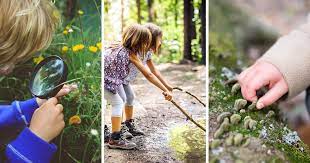
I admit it’s become tougher to find time to connect with nature now that school is in session. One way I’ve built time outdoors into our daily routine is to walk home from school.
Even though our route is pretty much the same every day, no too walks are alike. And there’s plenty of nature just waiting to be discovered every day.
Whether you’re walking to or from school, enjoying a stroll after dinner or visiting a new-to-you neighborhood, here are a few ways you can turn a routine walk into a nature adventure.
There’s nature all around if you just take the time to look for it. Some of our walks involve keeping our eyes open for certain items.
Our favorites:
Leaf walk
Seed walk
Looking for letters in nature
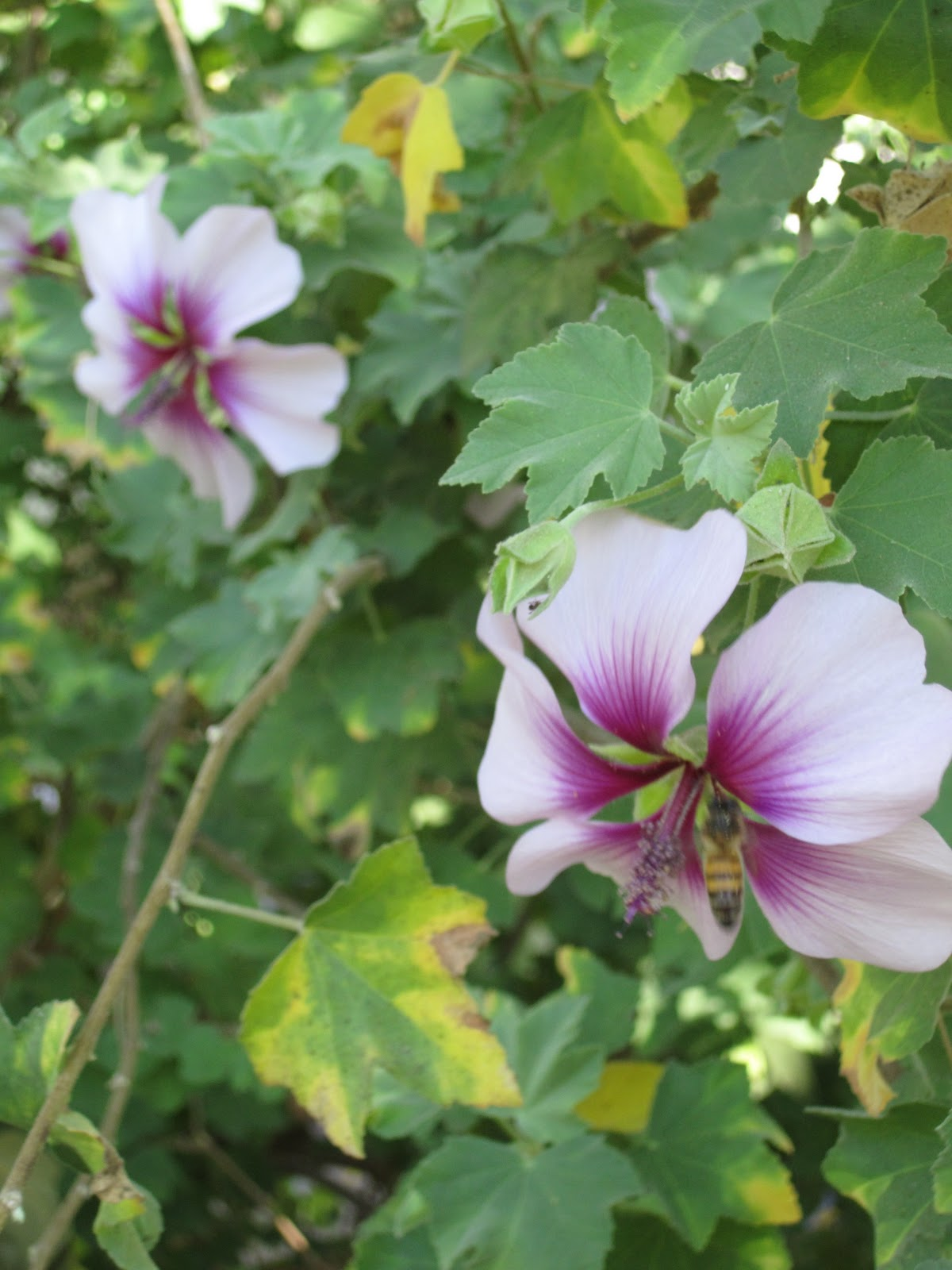
Sometimes our walks are less about talking and more about listening and observing raw nature. They still learn and remember information through a multi-sensory format. The more senses that you present their experiences with the more fun you can have with them. These type of experiences are perfect opportunities to put the their senses to work while they enjoy nature.
Some ideas:

The big explorer loves gathering up flowers to create a bouquet for mom. And the little explorer never finishes a walk without a collection of sticks or rocks in hand.
Some fun ways to walk and collect:
Rock or seashell hunt
Stick gathering
Leaf, seed and flower petal collecting
Dead insect collecting (your kid will love you for it, I promise!)
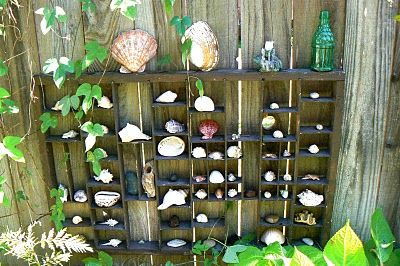
Even urban neighborhoods offer the opportunity for wildlife walks. Remember to look not just for animals, but for signs of animals too, like tracks, homes or nests, scat (poop), webs and more.
NOTES: Don't forget a magnifying glass for insects in and out of water. If your children want to watch the areas wildlife, try following a creek or lakeside trail. This will allow you to see more of them going to and from the water and gives you a direct trail back to camp or your vehicle.
Wildlife walk ideas for both country and urban settings:
Spider web hunt
Spider hunt
Ant watching
Neighborhood safari
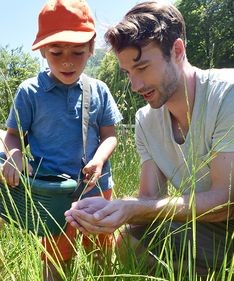
I’m not talking about anything high-tech here, since I’m anything but technologically savvy.
Here are a few ideas my speed:
Apps for identifying plants and animals
Local weather apps
Trail guides
Compass walk (pick a new direction to go at every block, for example)
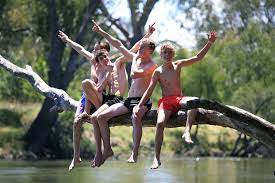
When people ask me about encouraging exploratory play, the way we like to explain it may seem a little backwards...
Intentionality comes not from our kids, but from us! Basically, grown-ups set up an encouraging environment for kids to explore their interests. We sneak in the purpose and intentionality, and kids play to express themselves and have fun!
Exploratory play begins with the prepared play environment, and we have the privilege of creating this space for them to flourish. A balanced play environment is one in which children can access materials and playthings that invite them to engage in different types of play. Young kids explore and develop preferences over time; we provide access to all the materials they need to properly explore the eight types of play. In a balanced play environment, kiddos might choose to build, engineer, tell stories, imagine, create art, tinker...all while incorporating gross motor and fine motor movement. Encouraging all different types of play early engages thinking and problem-solving that translate into limitless 21st century skills.
As kids grow, they are forced to process massive amounts of information on a daily basis. They are constantly learning and taking in stimuli; they are expected to communicate, and think critically and creatively.
The skills children need to process, manage, and flourish in the 21st century world around them begin development in their early years. And, you guessed it, engaging in purposeful play is how children build a strong foundation in these skills. As their adults, we have the chance to create space and opportunity for them to process and express themselves, which sets them up for success now and for years to come.
Exploratory play does not mean you are dictating your kids play, but setting them up for self-directed success to play with all the tools, or toys, they need.
How does explorative freeplay translate as my kids get older?
Once we start to see developmental changes, about late elementary school to middle school years, that's when we see a shift in the environment to become more focused and interest-specific.
Fostering exploratory freeplay for an older kiddo is understanding their interests and then supporting them with an environment that encourages them to successfully and deeply explore those interests. For example: a young child’s art station may have crayons, colored pencils, markers, paint, pastels, chalk, etc. to explore a variety of mediums when engaging in art. An older child may only be interested in colored pencils. Therefore, the space does not need all of the other elements when all he or she uses are the colored pencils.
How can I help my kids explore and play outdoors TODAY?
Remember, this is a muscle or skill to enjoy nature or outside play that needs to be built. It may take some time but you can do it! All kids know how to play, we just have to create opportunities for it!
Tip 1: Start playing with them. Initiate play, get them engaged, and then step away for a few minutes. Come back and check in and notice what they're doing. Independent play is a foundational skill and the more you foster it, the more your kiddo will do it.
Tip 2: Create invitations to play. An invitation to play is taking 3-5 minutes to arrange some intentional materials that kids can use in a very open-ended way to create play around. Your kiddo may or may not “accept” the invitation, which is absolutely OK! It could be a small art project, animals set up, building toys out, some things out of the junk drawer, really, ANYTHING!
Tip 3: Tweens and teens … yes, they need to play! Play for tweens and teens comes down to their specific interests.
Begin by having a conversation about something they may be wanting to explore, but may not have time or the opportunity: something to engage their minds. This could come in the form of an art technique, building something, STEAM activities, cooking, songwriting, or a new puzzle.

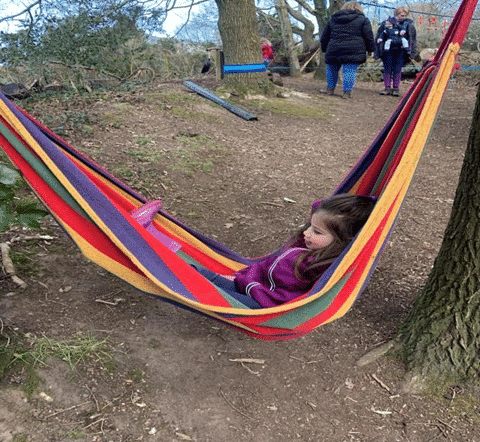

The thought of a parent or adult being outside and enjoying themselves along side of them will help motivate them to go outside with you.
It will also give you all the great benefits of being in fresh air and sunshine as well.
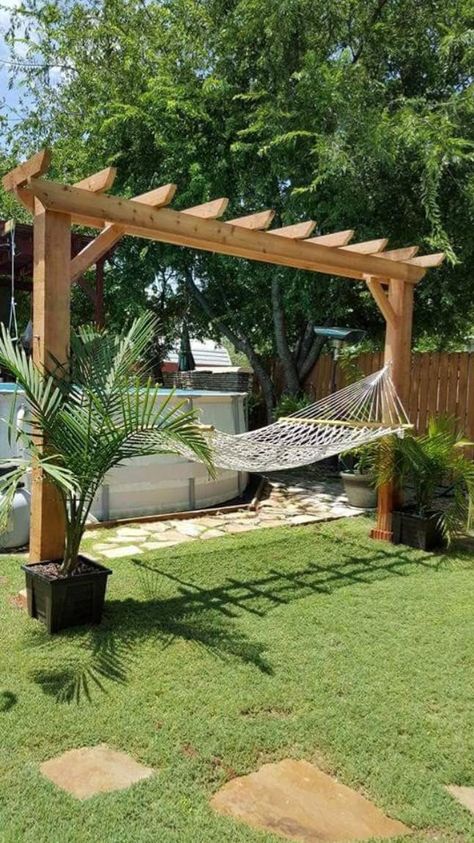

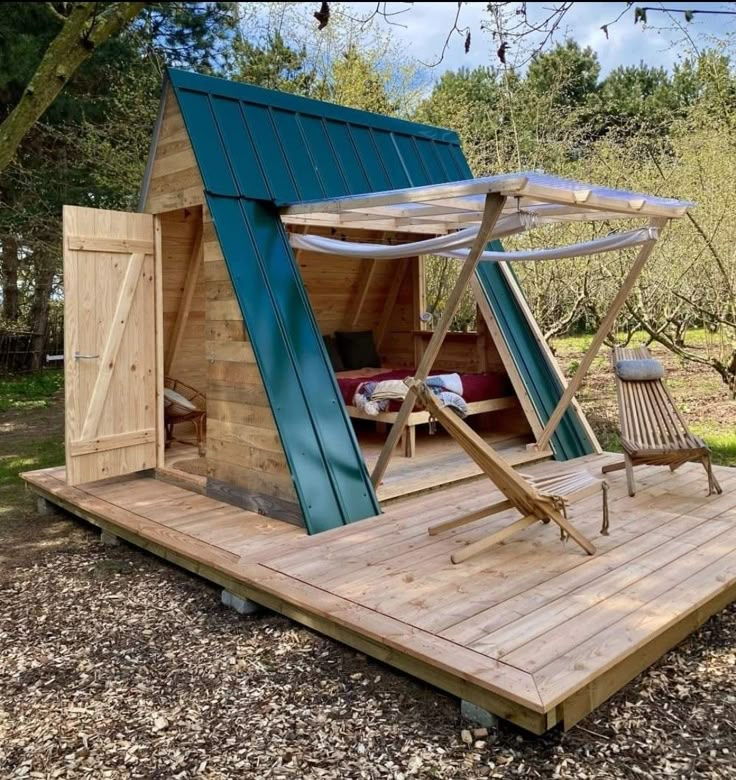
Your children will love the freedom to be as loud and rambunctious as they want too. They will learn to love freeplay outside if you set out some balls, recreational sports or gear, blocks/ legos, journals, camera that is not a phone, gardening and maybe even develop interest based stations or sections with your child's favorite inside sports or nature science gear and/or craft supplies.
Make exploring new things (or new types of play) fun and rewarding for tweens. And try outdoor STEAM challenges, nature quests or builds, and sports for stirring interest older kids.
Making them in charge of photographing the event is a great way to encourage interactions with nature. While they have a camera in their hand they notice interesting plants and animals.
Help them find ways to take that interest outside.
Discover a world beyond screens with our ultimate guide to unique outdoor activities for teens. From thrilling adventures to creative pursuits, this guide covers it all.
Dive into nature, boost your creativity, and strengthen friendships with 34 exciting activities designed to make the most of the great outdoors.
Outdoor photography is a fantastic way for teens to express their creativity while exploring the world around them.
Whether in a bustling urban environment or a serene natural setting, there’s always something beautiful to capture.
Tips for Capturing Nature and Urban Scenes
Golden Hour: Take advantage of the soft, golden light during the hours just after sunrise and before sunset.
Rule of Thirds: Use the rule of thirds to create balanced and engaging compositions.
Experiment with Angles: Try shooting from different angles—get low to the ground or find a higher vantage point.
Focus on Details: Capture the small details that often go unnoticed, like dew on a leaf or patterns in the bark of a tree.
Creative Photo Projects
Photo Scavenger Hunt: Create a list of items or themes to find and photograph. This could include specific colors, textures, or objects.
Themed Photography Days: Choose a theme for the day, such as “shadows,” “reflections,” or “motion,” and capture images that fit the theme.
365 Project: Commit to taking one photo every day for a year, focusing on different subjects and techniques.
Nature journaling combines the art of drawing with the science of observation, making it a perfect outdoor activity for teens who love both creativity and learning.
How to Start a Nature Journal
Choose Your Supplies: A sturdy notebook and a set of pencils or pens are all you need to start. Watercolors or colored pencils can add an extra dimension to your entries.
Find a Spot: Choose a quiet place where you can sit comfortably and observe your surroundings.
Begin with Observation: Spend a few minutes observing your environment. Note the weather, sounds, and any wildlife you see.
Drawing and Writing Prompts
Draw What You See: Sketch plants, animals, or landscapes. Don’t worry about making your drawings perfect—focus on capturing the essence of what you see.
Describe the Scene: Write about the environment around you. What do you hear, smell, and feel?
Reflect on Your Experience: Use your journal to reflect on how spending time in nature makes you feel and any thoughts or ideas that come to mind.
Transform your driveway or sidewalk into a canvas with colorful chalk art. This activity is not only fun but also allows teens to create large-scale artworks that can be enjoyed by the whole neighborhood.
Techniques for Creating Large-Scale Designs
Plan Your Design: Sketch your idea on paper before starting on the pavement. This can help you visualize the final result and ensure you have enough space.
Use Grids: For more intricate designs, draw a grid on your paper sketch and replicate it on the pavement to maintain proportions.
Layering Colors: Start with lighter colors as a base and add darker shades on top to create depth and dimension.
Ideas for Collaborative Projects with Friends
Mural Projects: Work together to create a large mural that tells a story or represents a theme.
Themed Artwork: Choose a theme, such as underwater scenes or outer space, and have each friend contribute a piece to the overall design.
Art Competitions: Host a friendly chalk art competition with different categories like “Most Creative” or “Best Use of Color.”
Rock painting is a simple yet rewarding activity that allows teens to create beautiful, portable pieces of art. Painted rocks can be used to decorate gardens, given as gifts, or even hidden around the community for others to find.
Finding and Preparing Rocks
Rock Hunting: Look for smooth, flat rocks in parks, riverbeds, or your backyard. Make sure to get permission if you’re collecting rocks from a public or private space.
Cleaning Rocks: Wash your rocks with soap and water to remove any dirt or debris. Let them dry completely before painting.
Creative Themes and Designs
Inspirational Quotes: Paint rocks with positive messages or quotes to uplift others.
Nature-Inspired Designs: Use designs like flowers, leaves, or animals to connect with the natural world.
Abstract Patterns: Experiment with geometric shapes, mandalas, or colorful patterns.
Nature crafts are a fantastic way for teens to connect with their surroundings and create something beautiful using natural materials.
Collecting Natural Materials
Leaves, Sticks, and Flowers: Gather a variety of natural materials during your outdoor explorations. Look for interesting textures, shapes, and colors.
Ethical Collecting: Be mindful not to disturb wildlife habitats or take materials from protected areas.
Craft Ideas
Leaf Rubbings: Place a leaf under a sheet of paper and rub a crayon or pencil over the top to create an impression of the leaf’s texture.
Twig Frames: Use small sticks to create rustic frames for photos or artwork. Bind the sticks together with string or hot glue.
Flower Pressing: Press flowers between the pages of a heavy book to preserve them. Use the pressed flowers to decorate cards, bookmarks, or journal pages.
These creative activities offer teens a chance to explore their artistic side while enjoying the great outdoors. Whether it’s through photography, journaling, chalk art, rock painting, or nature crafts, there’s something for everyone to enjoy and express their creativity.

Hiking is a wonderful way for teens to immerse themselves in nature, get some exercise, and discover new places. Whether it’s a short local trail or a challenging mountain hike, there’s an adventure waiting for everyone.
Tips for Choosing and Preparing for Hikes
Research Trails: Look for trails that match your fitness level and interests. Consider factors like distance, elevation gain, and terrain.
Pack Essentials: Bring water, snacks, a map, a first-aid kit, and appropriate clothing. Don’t forget sunscreen and insect repellent.
Stay Safe: Let someone know your hiking plans, stick to marked trails, and be aware of wildlife.
Benefits of Hiking for Physical and Mental Health
Physical Fitness: Hiking is a great cardiovascular workout that strengthens muscles and improves endurance.
Mental Well-being: Spending time in nature reduces stress, boosts mood, and enhances mental clarity.
Geocaching is a modern-day treasure hunt that uses GPS coordinates to find hidden caches. It’s an exciting way to explore new areas and challenge your problem-solving skills.
How to Get Started with Geocaching
Create an Account: Sign up on a geocaching website or app to access cache coordinates and log your finds.
Gather Supplies: You’ll need a GPS device or a smartphone with a GPS app, a pen to log your visit, and small trinkets for trading.
Find Your First Cache: Enter the coordinates and follow the clues to locate the hidden container. Remember to sign the logbook and trade items fairly.
Tips for Finding and Hiding Caches
Be Discreet: Respect the environment and avoid drawing attention to the cache location.
Hide Thoughtfully: When hiding your own cache, choose a spot that’s safe, legal, and interesting. Provide clear but challenging hints.
Frisbee golf, or disc golf, combines the fun of throwing a frisbee with the challenge of golf. It’s a great way to enjoy the outdoors with friends while honing your throwing skills.
Basic Rules and How to Set Up a Course
Objective: The goal is to complete each hole in the fewest throws possible, starting from a tee area and finishing at a target (usually a metal basket).
Setting Up: Use cones or natural landmarks to create your own course if an official one isn’t available. Ensure each hole varies in distance and difficulty.
Throwing Techniques: Practice different types of throws—backhand, forehand, and overhand—to improve accuracy and distance.
Tips for Improving Your Game
Focus on Form: Proper form and technique are crucial for accurate throws. Watch tutorials and practice regularly.
Know Your Discs: Different discs are designed for different types of throws. Understand the characteristics of drivers, mid-range discs, and putters.
Play Regularly: The more you play, the better you’ll get. Invite friends and make it a social activity.
Creating an obstacle course is a fantastic way for teens to challenge their physical abilities and have a blast. You can set one up in your backyard, a local park, or even at the beach.
Creating an Obstacle Course
Plan Your Course: Design a course that includes a variety of challenges such as climbing, crawling, jumping, and balancing. Use everyday items like cones, ropes, and hula hoops.
Set Up Safely: Ensure all obstacles are stable and safe to use. Test each part of the course to avoid accidents.
Time It: Turn it into a competition by timing how long it takes to complete the course. Challenge friends and see who can set the fastest time.
Fun Challenges to Include
Balance Beam: Use a long piece of wood or a low fence to create a balance beam.
Tunnel Crawl: Set up a series of tunnels using cardboard boxes or pool noodles.
Hurdles: Use cones, logs, or even water-filled balloons as hurdles to jump over.
Climbing Wall: Use a sturdy fence or build a small climbing wall with handholds and footholds.
Spending time at the beach or near a body of water opens up a world of fun activities. Whether you’re into sports, relaxation, or exploring, there’s something for every teen.
Ideas for Fun at the Beach
Sandcastle Building: Use buckets, shovels, and your creativity to build impressive sandcastles. Challenge friends to a sandcastle-building contest.
Beach Volleyball: Set up a net and enjoy a game of beach volleyball. It’s a great way to stay active and socialize.
Beachcombing: Explore the shoreline for interesting shells, rocks, and other treasures. Use your finds for crafts or simply enjoy the collection.
Water Activities for Lakes and Rivers
Paddleboarding: Rent or buy a paddleboard and enjoy the calm waters of a lake or river. It’s a fantastic workout and a peaceful way to enjoy the scenery.
Kayaking: Explore rivers and lakes by kayak. It’s a great way to get close to nature and enjoy some solitude or time with friends.
Swimming and Snorkeling: Cool off by swimming or snorkeling. Discover the underwater world and observe fish, plants, and other aquatic life.
These active adventures provide teens with numerous opportunities to engage with the outdoors, stay physically active, and have unforgettable experiences.
Whether it’s hiking, geocaching, playing frisbee golf, tackling obstacle courses, or enjoying beach and water activities, there’s something for every interest and skill level.

Capture the Flag is a classic outdoor game that never goes out of style. It’s perfect for large groups and combines strategy, teamwork, and physical activity.
Rules and Variations of the Game
Basic Rules: Divide players into two teams, each with a flag placed in their territory. The objective is to capture the opposing team’s flag and bring it back to your own territory without being tagged.
Boundaries: Define clear boundaries for each team’s territory and a neutral zone where players cannot be tagged.
Tagging and Jails: When tagged in the enemy territory, players go to jail and can be freed by teammates who reach them without being tagged.
Variations:
Single Flag: Instead of two flags, use one flag placed in the center of the field. Teams compete to capture the flag and bring it back to their base.
Multiple Flags: Each team hides multiple smaller flags. The game continues until all flags are captured.
Tips for Organizing a Large Group Game
Scout the Area: Choose a large, safe area with varied terrain to make the game more interesting.
Team Balance: Ensure teams are balanced in terms of number of players and physical ability.
Safety First: Establish safety rules and make sure everyone understands them. Supervise younger players.
Ultimate Frisbee is an exhilarating team sport that combines elements of soccer, football, and basketball. It’s fast-paced, requires minimal equipment, and is a great way to improve coordination and teamwork.
Basic Rules and How to Play
Objective: Score points by catching the frisbee in the opposing team’s end zone.
Starting the Game: Teams line up in their end zones and throw off the frisbee to the other team to start play.
Movement: Players cannot run while holding the frisbee. They must pivot and pass to teammates to advance the frisbee down the field.
Turnovers: Occur when a pass is incomplete, intercepted, or goes out of bounds. The opposing team gains possession.
Strategies for Teams
Offensive Plays: Use quick passes and create open spaces to advance the frisbee. Utilize different formations, such as horizontal or vertical stacks.
Defensive Tactics: Mark players closely and communicate effectively to prevent passes. Use zone defense to cover more area.
Practice Drills: Work on passing accuracy, catching techniques, and defensive positioning to improve overall performance.
Kickball is a fun and easy-to-learn game similar to baseball, but played with a rubber ball that is kicked instead of hit with a bat. It’s perfect for a casual afternoon with friends.
How to Set Up a Game
Field Setup: Create a diamond-shaped field with four bases, similar to a baseball field.
Teams: Divide players into two teams. One team starts as the kicker and the other as the fielders.
Game Play: The pitcher rolls the ball to the kicker, who kicks it and runs to the bases. The fielders try to catch the ball or tag the runner out.
Fun Variations to Try
Ghost Men: When there are not enough players, use imaginary runners (ghost men) to keep the game going.
Backward Bases: Run the bases in the opposite direction for a fun twist.
Obstacle Kickball: Add obstacles to the field for added challenge and excitement.
Scavenger hunts are engaging and can be tailored to any environment, making them a versatile outdoor activity for teens.
Planning a Themed Scavenger Hunt
Choose a Theme: Select a theme such as nature, history, or urban exploration to guide your scavenger hunt.
Create a List: Develop a list of items to find or tasks to complete that fit the theme. Include a mix of easy and challenging items.
Set Boundaries: Define a clear area where participants can search to ensure safety and manageability.
Tips for Making It Challenging and Fun
Time Limits: Set a time limit to add a sense of urgency and excitement.
Clues and Riddles: Use clues or riddles to guide participants to the items or locations. This adds a layer of problem-solving to the hunt.
Prizes: Offer small prizes or incentives for the team or individual who finds the most items or completes the tasks first.
Hosting backyard sports tournaments is a fantastic way to enjoy friendly competition and bring people together. You can organize tournaments for a variety of sports depending on your interests and available space.
Organizing Tournaments for Different Sports
Soccer: Set up small goals and organize teams for a mini soccer tournament. Use cones or other markers to define the field boundaries.
Basketball: If you have access to a hoop, organize a three-on-three basketball tournament. Create brackets and schedule matches.
Badminton: Set up a net and host a badminton tournament. This is a great option for smaller spaces and less intense competition.
Creating Brackets and Scoring Systems
Single Elimination: Use a single-elimination format where the winner of each match advances until one champion remains.
Round Robin: Organize a round robin where each team plays against every other team. The team with the most wins at the end is the champion.
Point Systems: Assign points for wins, losses, and draws to determine overall standings in more complex tournaments.
These outdoor games and sports provide endless opportunities for teens to stay active, develop skills, and build friendships. From the strategic fun of Capture the Flag to the fast-paced excitement of Ultimate Frisbee, there’s a game or sport for every interest and group size.

Bird watching is a relaxing and educational activity that connects teens with nature. It enhances observation skills and encourages a deeper appreciation for wildlife.
Basics of Bird Watching
Get the Right Gear: A pair of binoculars and a bird guidebook or app are essential tools. Comfortable clothing and a notebook for recording observations are also useful.
Find a Good Spot: Visit local parks, nature reserves, or your own backyard. Early morning is typically the best time to see birds.
Be Patient and Quiet: Birds can be skittish. Stay still and quiet to increase your chances of spotting them.
Tips for Identifying Local Birds
Learn the Basics: Start by familiarizing yourself with common birds in your area. Pay attention to their size, color, shape, and behavior.
Listen to Bird Calls: Birds are often heard before they are seen. Use apps or online resources to learn the calls of local species.
Join Birding Groups: Local bird watching groups can provide valuable tips and opportunities to learn from more experienced birders.
Stargazing opens up a whole universe of wonders. It’s a calming activity that can be enjoyed alone or with friends, making it perfect for summer nights and clear skies.
Best Practices for Stargazing
Choose the Right Time and Place: Find a location away from city lights. The best time for stargazing is on clear nights during new moon phases when the sky is darkest.
Bring Necessary Equipment: A star map, a flashlight with a red filter, a blanket or reclining chair, and, if possible, a telescope or binoculars.
Adjust Your Eyes: Allow your eyes to adjust to the darkness for at least 15-20 minutes for better visibility.
Using Apps and Guides to Identify Constellations
Star Maps: Use printed star maps or planispheres to locate constellations and planets.
Stargazing Apps: Download apps like Star Walk or SkyView to help identify stars and constellations in real-time using your phone’s camera.
Learn the Stories: Research the mythology and history behind constellations to make stargazing more engaging.
Gardening is a rewarding activity that teaches responsibility, patience, and the importance of caring for the environment. It can also be a therapeutic way to spend time outdoors.
Starting a Garden or Participating in Community Gardening
Plan Your Garden: Decide what type of garden you want—vegetable, flower, herb, or a combination. Choose a suitable location with adequate sunlight and good soil.
Gather Supplies: Get the necessary tools, seeds or seedlings, compost, and mulch.
Get Involved in Community Gardens: If space is limited, look for local community gardens where you can rent a plot and participate in communal gardening activities.
Benefits of Growing Your Own Food
Healthier Eating: Home-grown fruits and vegetables are fresh, tasty, and often more nutritious than store-bought produce.
Environmental Impact: Growing your own food reduces your carbon footprint and encourages sustainable living practices.
Life Skills: Gardening teaches important skills such as planning, problem-solving, and perseverance.
Environmental cleanups are a great way to make a positive impact on your community and the planet. It’s a practical way to engage in environmental stewardship and protect natural spaces.
Organizing a Cleanup Event
Choose a Location: Select an area that needs cleaning, such as a local park, beach, or riverbank.
Gather Supplies: Provide gloves, trash bags, recycling bins, and any other necessary tools. Consider providing refreshments for volunteers.
Promote the Event: Use social media, flyers, and word of mouth to invite friends, family, and community members to join the effort.
Importance of Environmental Stewardship
Protect Wildlife: Clean habitats are essential for the survival of many species. Removing litter and pollutants helps protect animals and plants.
Improve Community Spaces: Clean, well-maintained areas are more enjoyable for everyone and can foster a sense of community pride.
Raise Awareness: Participating in cleanups can educate others about the impact of pollution and inspire more people to take action.
Nature hikes with an ecological focus allow teens to learn about the environment while enjoying the outdoors. It’s a hands-on way to study ecosystems, wildlife, and conservation.
Learning About Local Ecosystems
Research Before You Go: Learn about the local flora and fauna, geological features, and any conservation efforts in the area.
Observe and Record: Take notes and photos of the different species and natural features you encounter. Use field guides to identify plants and animals.
Respect Wildlife: Observe animals from a distance and avoid disturbing their natural habitats.
Tips for Observing Wildlife and Plants
Move Slowly and Quietly: Sudden movements and loud noises can scare away wildlife. Move calmly and keep conversations quiet.
Use Binoculars: Binoculars help you get a closer look at birds and other animals without disturbing them.
Stay on Trails: Staying on marked trails minimizes your impact on the environment and protects fragile ecosystems.
These environmental and educational activities provide teens with meaningful ways to engage with the natural world. Bird watching, stargazing, gardening, cleanups, and ecological hikes offer both fun and learning, fostering a deeper appreciation for the environment and inspiring a commitment to conservation.
Outdoor movie nights are a fantastic way to bring friends and family together for a fun and relaxing evening under the stars. All you need is some basic equipment and a good movie to enjoy.
Setting Up an Outdoor Theater
Equipment Needed: A portable projector, a screen (a white sheet or a blank wall can work), speakers, and a media player or laptop.
Choosing a Location: Find a flat, open space in your backyard, a local park, or another safe outdoor area.
Comfort: Provide blankets, pillows, or lawn chairs for comfortable seating. Consider having bug spray or citronella candles to keep insects at bay.
Movie Suggestions and Themes
Classic Films: Choose beloved classics that everyone will enjoy, such as “The Goonies,” “E.T.,” or “Back to the Future.”
Themed Nights: Create themed nights like “80s Night,” “Sci-Fi Night,” or “Animation Night,” and choose movies that fit the theme.
Double Features: Show two movies back-to-back for an extended evening of entertainment. Pair a well-known favorite with a lesser-known gem.
Picnics and potlucks are wonderful ways to enjoy good food and great company outdoors. They offer a relaxed setting for socializing and can be easily organized.
Planning a Picnic or Potluck with Friends
Location: Choose a scenic spot in a park, by a lake, or in your backyard.
Food and Drinks: Plan a menu with a variety of dishes. For a potluck, ask each guest to bring a dish or drink to share.
Activities: Bring along games like frisbee, badminton, or cards to play after eating. Music can also enhance the atmosphere.
Creative Food Ideas and Themes
Seasonal Foods: Incorporate seasonal fruits and vegetables into your dishes. Think fresh salads, fruit platters, and grilled veggies.
International Themes: Choose a cuisine theme like Italian, Mexican, or Asian, and have everyone bring a dish that fits.
DIY Food Stations: Set up a build-your-own sandwich, taco, or sundae bar where guests can customize their meals.
Volunteering in your community is a fulfilling way to make a positive impact while spending time outdoors. It’s an opportunity to meet new people and develop a sense of civic responsibility.
Finding Outdoor Volunteer Opportunities
Local Organizations: Check with local non-profits, parks, and community centers for volunteer opportunities. Activities could include planting trees, maintaining trails, or helping at community events.
Environmental Groups: Join organizations focused on environmental conservation, such as beach cleanups, tree planting, or wildlife protection efforts.
Charity Events: Participate in outdoor charity events like fun runs, walkathons, or fundraising fairs.
Benefits of Giving Back to the Community
Personal Satisfaction: Helping others and contributing to the community can boost your mood and provide a sense of accomplishment.
Skill Development: Volunteering can help you develop new skills and gain experience in different areas.
Social Connections: It’s a great way to meet people who share your interests and values, leading to new friendships and connections.
Street performances and open mic nights provide teens with an opportunity to showcase their talents and engage with their community. Whether it’s music, poetry, or comedy, these events can be both entertaining and empowering.
Organizing a Street Performance or Open Mic Event
Permissions: Check with local authorities to obtain any necessary permits for performing in public spaces.
Equipment: Ensure you have the necessary equipment, such as a portable PA system, microphones, and any instruments.
Promotion: Use social media, flyers, and word of mouth to promote the event and attract an audience.
Tips for Performing and Engaging an Audience
Practice: Rehearse your performance thoroughly to feel confident and polished.
Interact with the Audience: Engage with the audience through eye contact, smiles, and inviting participation when appropriate.
Variety: Include a mix of different types of performances to keep the audience entertained and engaged.
Hosting a mini farmers’ market can be a fun and educational activity that supports local agriculture and brings the community together. It’s a great way to promote healthy eating and sustainability.
Setting Up a Market with Homemade or Homegrown Products
Choose a Location: Find a suitable spot with enough space for several stalls, such as a community center, school yard, or park.
Recruit Vendors: Invite friends, family, and local farmers to sell their homemade or homegrown products, such as vegetables, fruits, baked goods, and crafts.
Organize Stalls: Provide tables and tents for vendors. Arrange the stalls to allow for easy browsing and interaction.
Tips for Promoting and Managing the Market
Marketing: Use social media, local newspapers, and community bulletin boards to advertise the market. Highlight unique products and special events.
Activities: Plan activities like cooking demonstrations, live music, or gardening workshops to attract more visitors.
Sustainability: Encourage eco-friendly practices by promoting reusable bags, recycling, and reducing waste.
These social and community activities offer teens a variety of ways to connect with others, enjoy the outdoors, and make a positive impact. From organizing outdoor movie nights to volunteering and hosting markets, there’s no shortage of fun and meaningful ways to engage with your community.

Camping trips offer teens a chance to disconnect from daily life, immerse themselves in nature, and learn valuable outdoor skills. Whether it’s a weekend getaway or a longer adventure, camping is an exciting way to explore the great outdoors.
Planning and Preparing for a Camping Trip
Choose a Campsite: Research campgrounds in your area or consider backcountry camping for a more remote experience. Ensure the site matches your group’s experience level.
Pack Essentials: Create a checklist of essentials including a tent, sleeping bag, cooking gear, food, water, clothing, and a first-aid kit. Don’t forget bug spray, sunscreen, and a map.
Check the Weather: Monitor the forecast and prepare for varying conditions. Pack appropriate gear for rain, cold, or heat.
Fun Camping Activities
Campfire Cooking: Experiment with cooking over an open fire. Try making s’mores, foil packet meals, or campfire popcorn.
Star Gazing: Bring a star map or use a stargazing app to identify constellations. Consider bringing a telescope for a closer look at the night sky.
Nature Hikes: Explore nearby trails and discover local flora and fauna. Bring a field guide to help identify plants and animals.
Fishing is a relaxing and rewarding outdoor activity that can be enjoyed by teens of all skill levels. It’s a great way to learn patience and develop a deeper connection with nature.
Basics of Fishing
Get the Right Gear: Start with a basic fishing rod and reel, hooks, bait, and a tackle box. Local bait shops or outdoor stores can help you choose the right equipment.
Learn the Techniques: Practice casting, reeling, and setting the hook. Watch tutorials or ask an experienced angler for tips.
Know the Rules: Research local fishing regulations, including required licenses and catch limits.
Tips for a Successful Fishing Trip
Choose the Right Spot: Find out where fish are biting by asking local anglers or using online resources. Consider factors like water temperature and time of day.
Be Patient: Fishing requires patience and quiet observation. Enjoy the process and the peaceful environment, even if you don’t catch anything.
Practice Catch and Release: If you’re not planning to eat your catch, learn proper catch-and-release techniques to ensure the fish survive.
Rock climbing and bouldering are thrilling outdoor activities that test your physical and mental strength. They’re perfect for teens who love a challenge and want to develop new skills.
Getting Started with Climbing
Find a Climbing Gym: Start by practicing at an indoor climbing gym to learn basic techniques and safety measures.
Take a Class: Enroll in a beginner climbing class to learn proper techniques, knot tying, and safety protocols.
Get the Right Gear: Invest in essential gear like climbing shoes, a harness, chalk, and a helmet. Consider renting gear until you’re sure you enjoy the sport.
Safety Tips and Finding Climbing Spots
Climb with a Partner: Always climb with a partner for safety. Make sure you have a reliable belayer.
Check Your Gear: Regularly inspect your gear for wear and tear. Follow proper maintenance and storage guidelines.
Research Climbing Spots: Look for beginner-friendly outdoor climbing locations. Websites and local climbing communities can provide valuable information on routes and conditions.
Exploring abandoned places, also known as urban exploration or “urbex,” offers a unique and thrilling way to discover hidden history and forgotten spaces. It’s an adventure that combines history, photography, and a bit of mystery.
Finding and Safely Exploring Abandoned Sites
Do Your Research: Use online resources and urbex communities to find abandoned places. Make sure the location is safe and legal to explore.
Prepare Your Gear: Bring a flashlight, sturdy shoes, a camera, and a first-aid kit. Consider wearing a mask if you’re exploring dusty or moldy environments.
Explore with Caution: Never enter a structure that looks unstable. Be aware of hazards like broken glass, rusty nails, and weak floors.
Tips for Documenting and Sharing Your Adventures
Take Photos: Capture the beauty and decay of abandoned places through photography. Focus on details, textures, and lighting.
Respect the Location: Leave no trace of your visit. Don’t take souvenirs or damage the site.
Share Responsibly: When sharing your adventures online, avoid revealing exact locations to prevent vandalism and over-visitation.
Road trips and day trips offer a flexible and fun way to explore new places. Whether it’s a scenic drive or a visit to a nearby town, these adventures are perfect for teens seeking spontaneity and exploration.
Planning a Road Trip with Friends
Choose Your Destination: Decide on a destination that everyone is excited about. Consider the distance, attractions, and budget.
Plan Your Route: Use maps and apps to plan your route. Look for interesting stops along the way, such as landmarks, parks, and quirky roadside attractions.
Pack Smart: Bring snacks, water, a first-aid kit, and entertainment for the drive. Make sure your vehicle is in good condition and fueled up.
Interesting Destinations and Activities Along the Way
National Parks: Visit nearby national or state parks for hiking, picnicking, and scenic views.
Historic Sites: Explore historic towns, museums, and landmarks to learn about the area’s history and culture.
Local Attractions: Discover unique attractions like theme parks, festivals, or natural wonders.
These adventure and exploration activities offer teens a chance to step out of their comfort zones, learn new skills, and create unforgettable memories. From camping and fishing to climbing and road trips, there’s an adventure waiting for every interest and level of experience.
Practicing yoga and meditation in nature can enhance the benefits of these activities by providing a serene and inspiring environment. It’s a perfect way for teens to relax, reduce stress, and improve their mental well-being.
Benefits of Outdoor Yoga and Meditation
Enhanced Relaxation: The sounds of nature, fresh air, and natural surroundings can deepen your relaxation and mindfulness.
Increased Focus: Being outdoors can help you stay present and focused during your practice.
Connection with Nature: Practicing in a natural setting can foster a deeper appreciation and connection with the environment.
Tips for Creating a Peaceful Outdoor Practice
Choose the Right Location: Find a quiet, flat area with minimal distractions. Parks, gardens, and beaches are great options.
Bring Essentials: Use a yoga mat or towel, and bring water, sunscreen, and insect repellent. Wear comfortable, weather-appropriate clothing.
Start Simple: Begin with basic yoga poses and breathing exercises. Focus on slow, mindful movements and deep breathing.
Guided Sessions: Use a guided meditation app or video if you’re new to meditation or want some structure.
Taking time to read and write outdoors can be incredibly rejuvenating. It allows teens to escape from screens, enjoy fresh air, and stimulate their creativity.
Finding Quiet Outdoor Spots for Reading and Writing
Parks and Gardens: Look for benches, shaded areas, or quiet corners in local parks and botanical gardens.
Beaches and Lakesides: The soothing sounds of water can enhance the reading and writing experience.
Backyards and Patios: Create a cozy outdoor reading nook at home with a comfortable chair, pillows, and a small table.
Ideas for Creating a Personal Retreat
Reading Marathons: Dedicate a day to reading a book or series you’ve been looking forward to. Bring snacks and make yourself comfortable.
Writing Prompts: Use nature-inspired writing prompts to spark your creativity. Write poems, stories, or journal entries about your surroundings.
Book Clubs and Writing Groups: Invite friends to join you for an outdoor book club meeting or writing workshop.
A Zen garden is a peaceful space that encourages mindfulness and relaxation. Creating and maintaining a Zen garden can be a meditative activity in itself, providing a tranquil retreat in your own backyard.
How to Design and Maintain a Zen Garden
Choose a Location: Find a quiet spot in your yard or on a patio where you can create a small, dedicated space for your Zen garden.
Gather Materials: You’ll need sand or gravel, rocks, and a small rake. Optional additions include plants, statues, or water features.
Design Your Garden: Arrange the rocks and other elements to create a harmonious, balanced layout. Use the rake to create patterns in the sand or gravel.
Regular Maintenance: Keep your Zen garden tidy by raking the sand or gravel regularly and adjusting the elements as needed.
Benefits of Mindfulness and Relaxation
Stress Reduction: The act of raking and arranging the garden can be calming and therapeutic.
Mindfulness Practice: Spending time in your Zen garden can help you practice mindfulness and stay present.
Aesthetic Appeal: A well-maintained Zen garden can be a beautiful and inspiring addition to your outdoor space.
Nature sound walks involve taking a slow, mindful walk while focusing on the sounds around you. This practice can enhance your connection with nature and provide a calming, sensory experience.
Practicing Mindfulness by Focusing on Natural Sounds
Choose a Quiet Path: Find a trail or path where you’re likely to encounter a variety of natural sounds, such as birdsong, rustling leaves, or flowing water.
Walk Slowly: Move at a slow, deliberate pace. Pay attention to each step and the sensations of walking.
Listen Deeply: Focus on the sounds around you. Try to identify different types of birds, insects, or water sounds. Notice the subtle changes in volume and rhythm.
Tips for Enhancing the Experience
Leave Technology Behind: Turn off your phone or put it on silent to minimize distractions.
Use Your Senses: In addition to listening, pay attention to the sights, smells, and textures of your surroundings.
Journal Your Observations: After your walk, take a few minutes to jot down your observations and reflections. Note how the experience made you feel.
These relaxation and mindfulness activities offer teens a chance to slow down, de-stress, and reconnect with themselves and nature. Whether it’s through yoga, reading, creating a Zen garden, or mindful walking, these practices can provide a much-needed break from the hustle and bustle of daily life.
Recommended

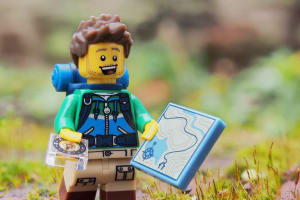


34 Unique Outdoor Activities for Preteens
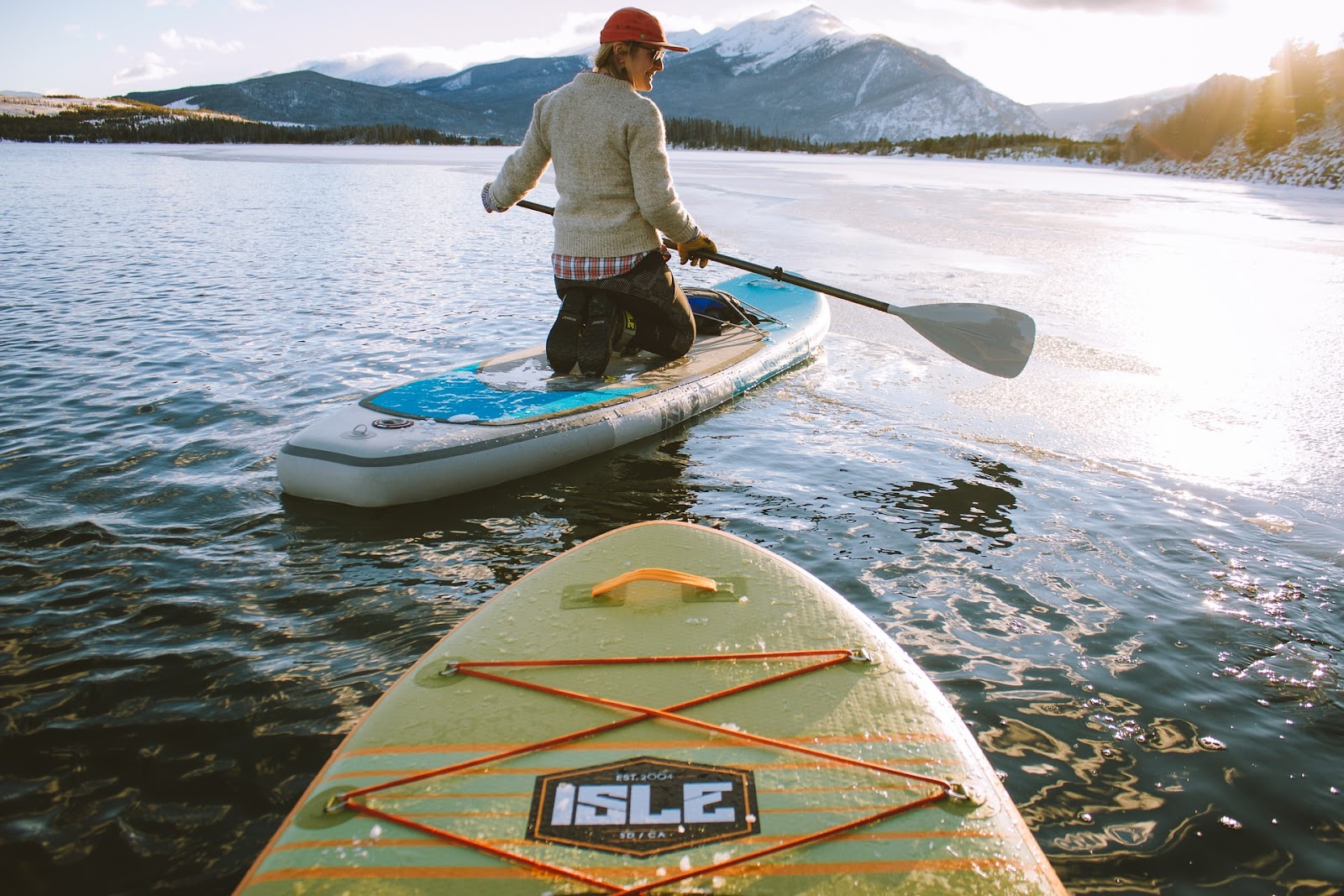
Looking for a new hobby in the great outdoors? Look no further!
Adult Sport Leagues
ATVing
Barbecuing
BASE Jumping
Camping
Canyoneering
Caving
Cookouts
Cycling
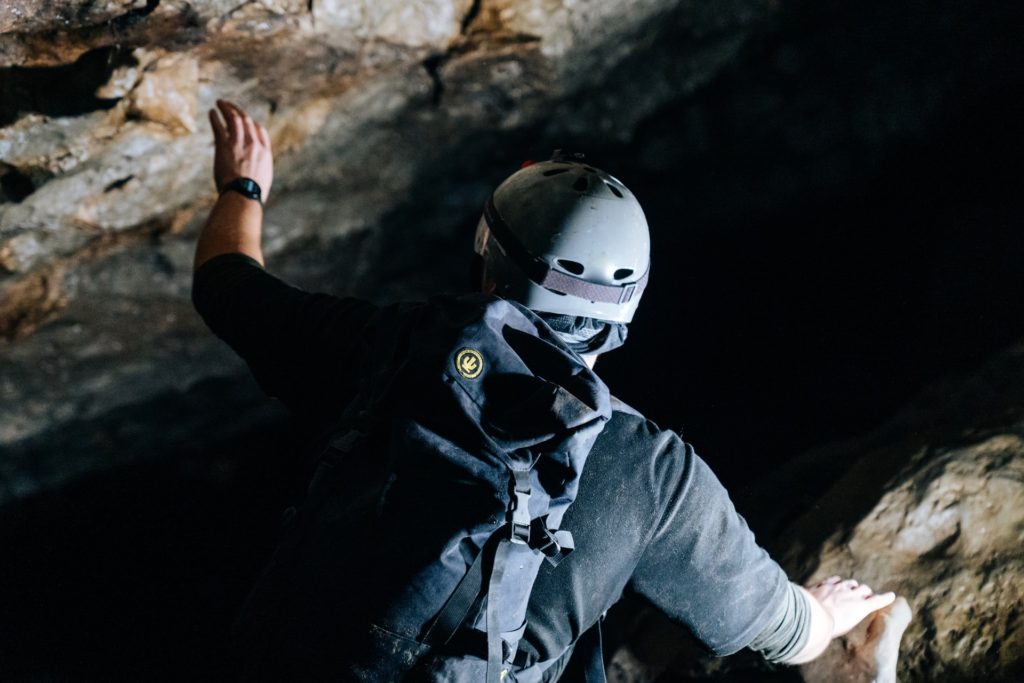
photo: Jason Gardner
Duathlon
Dog Training
Equestrianism
Fat Tire Biking
Flying Model Planes
Foraging
Free Diving
Frisbee Golf
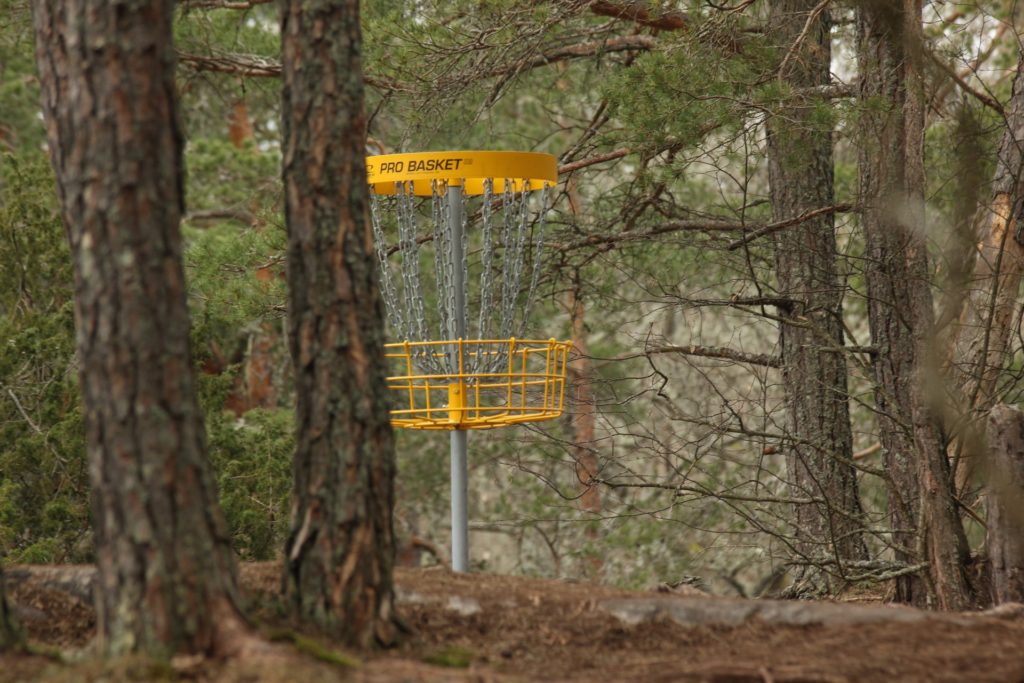
photo: Ted Johnsson
Geocaching
Heliskiing
Hunting
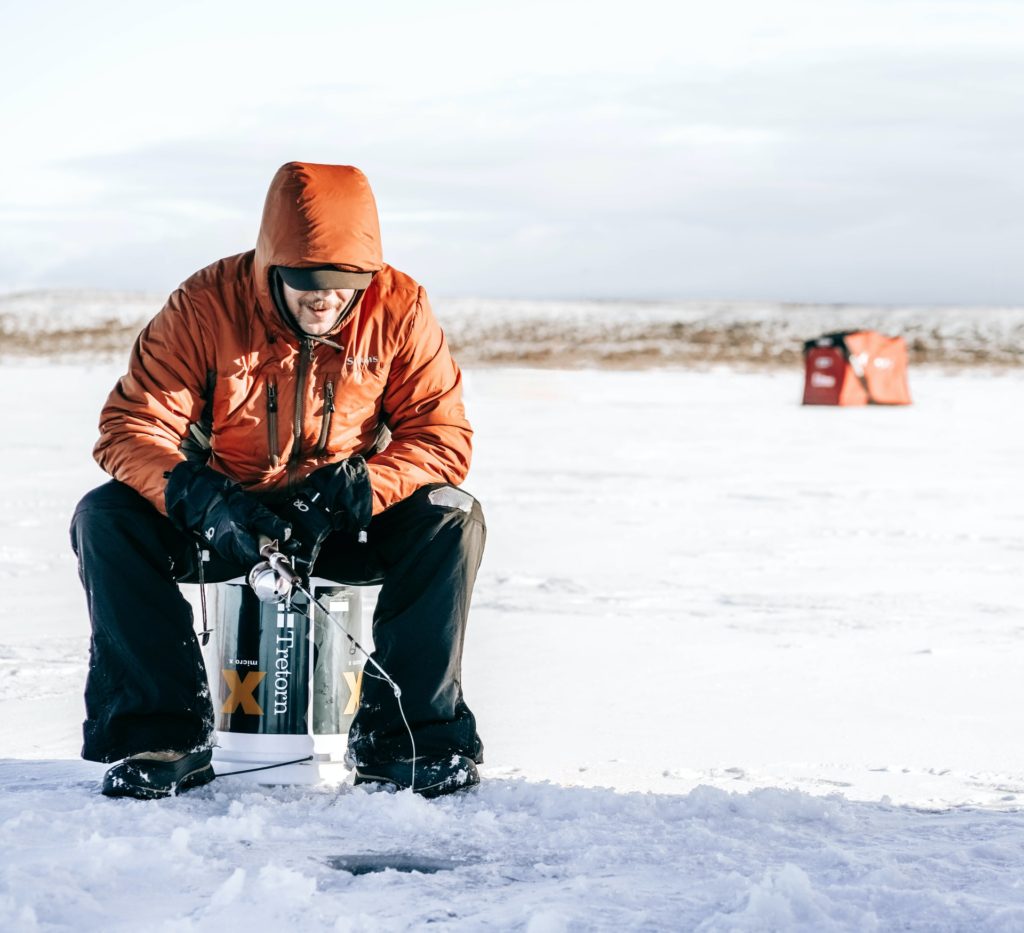
photo: Glenna Haug
Jump Roping
Kayaking
Kite Surfing
Lacrosse
Landboarding
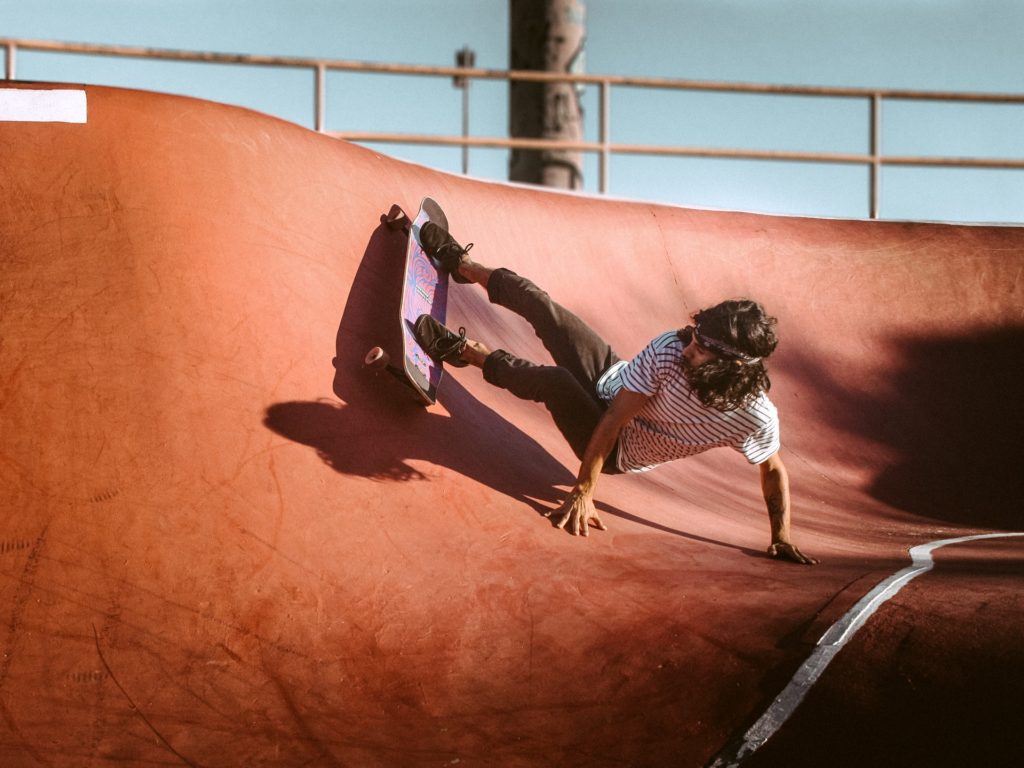
photo: ZAMI
Meteorology
Model Airplanes
Mountain Biking
Mountaineering
Mushroom Hunting
Noodling
Outdoor Movie Nights
Paintball
Paragliding
Peak Bagging
Picnics

photo: George Bakos
Quad Biking
Quoits
Rafting
Rappelling
Remote Control Cars
Rowing
Rugby
Sailing
Sand Art
Scuba Diving
Scootering
Swimming
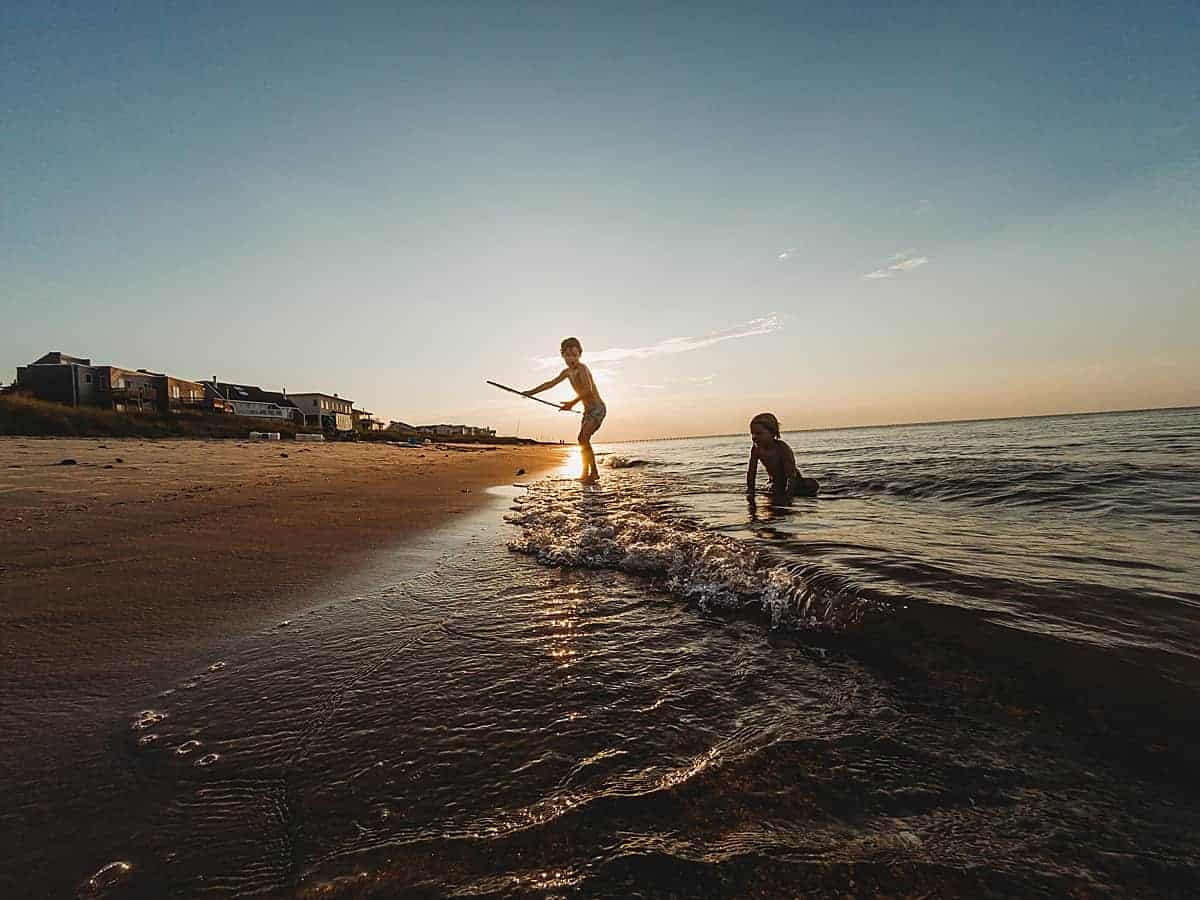
Skydiving
Sled Dog Racing
Sledding
Snowmobiling
Stone Skipping
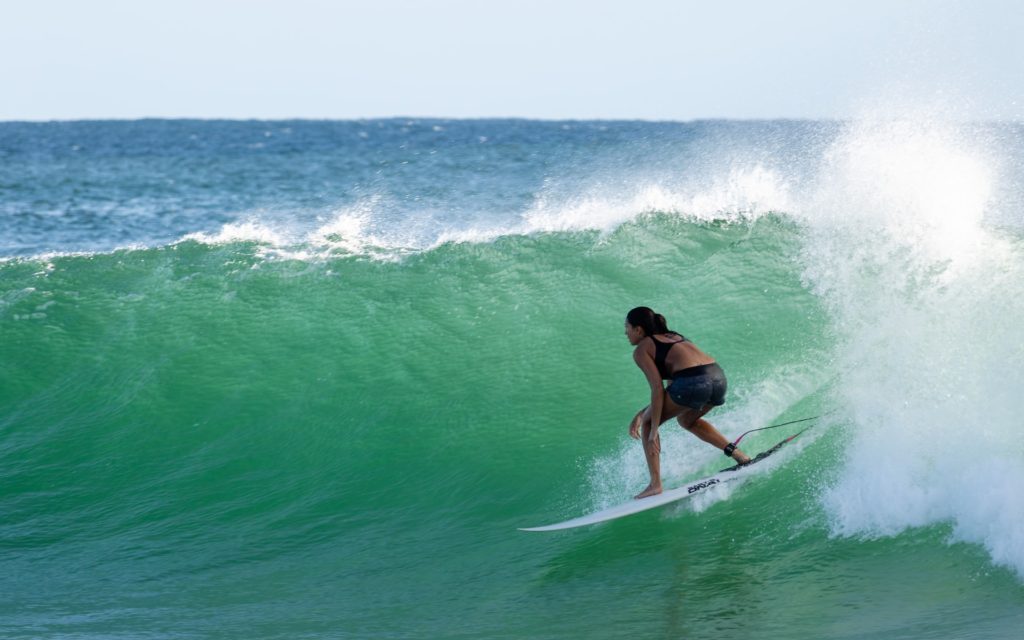
photo: Barbara Rezende
Travel
Trail Running
Triathlons
Trampolining
Trap Shooting
Trainspotting
Tree Climbing
Urban Hiking
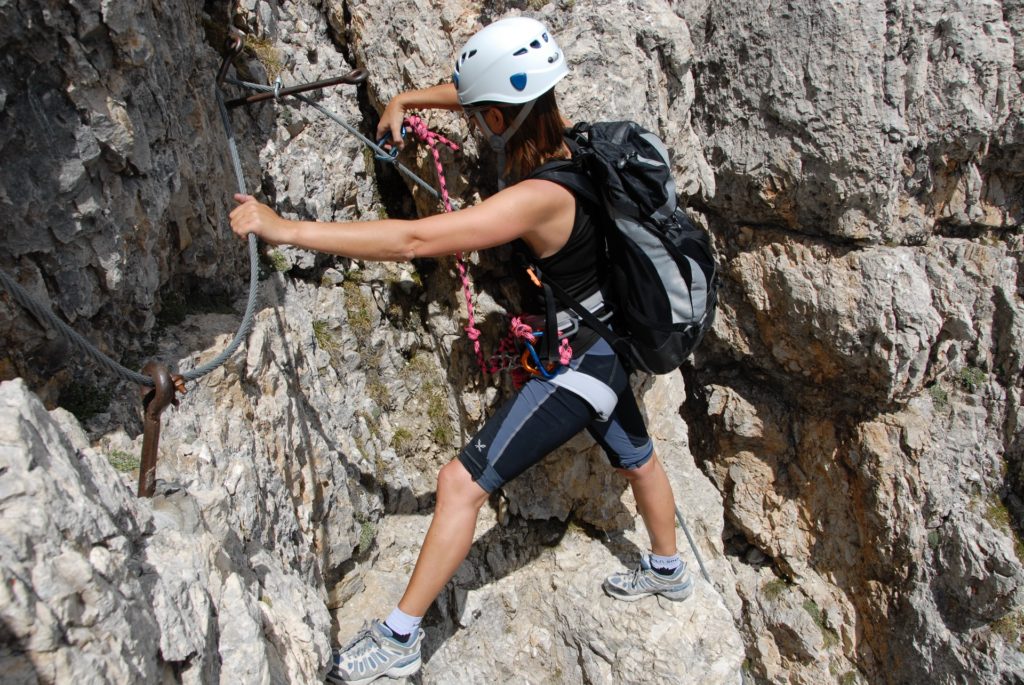
photo: Walther Luecker
Waboba
Water Skiing
Wind Surfing
X-Games Sports
Ziplining



Section 3

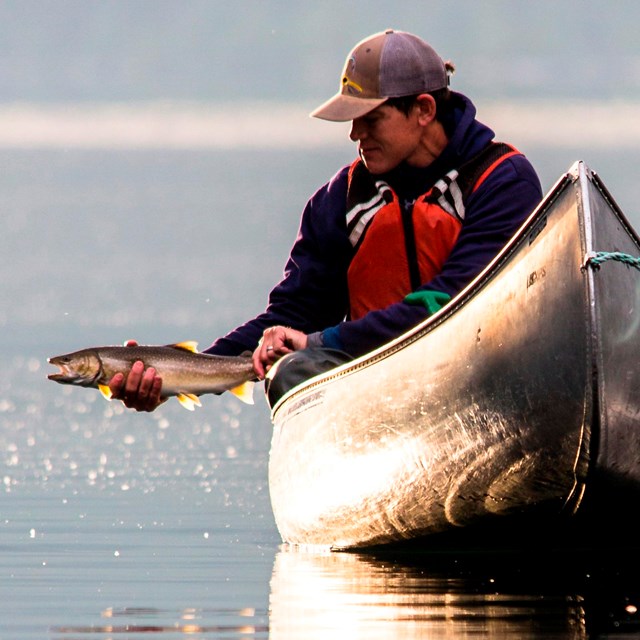
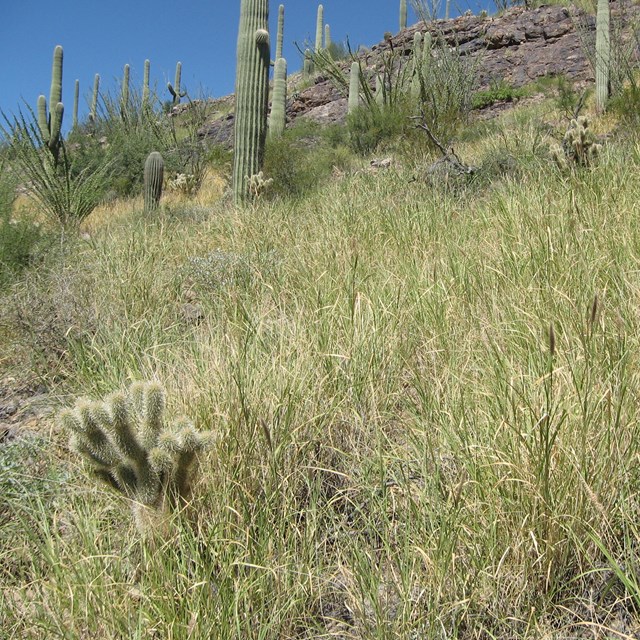

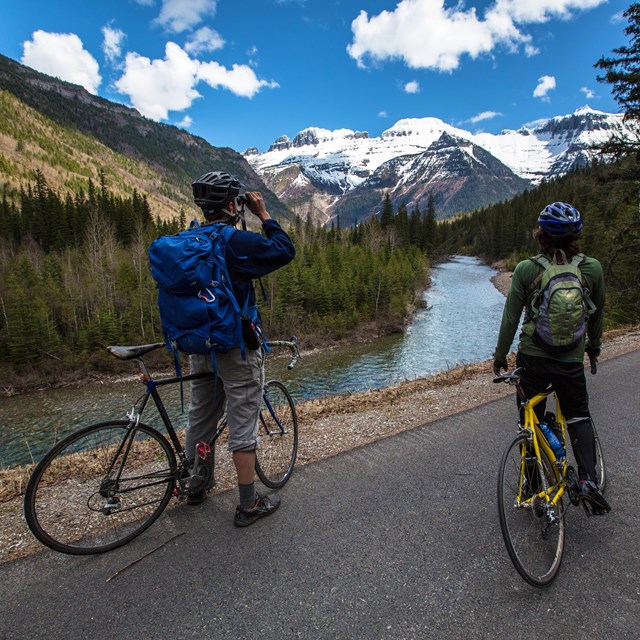
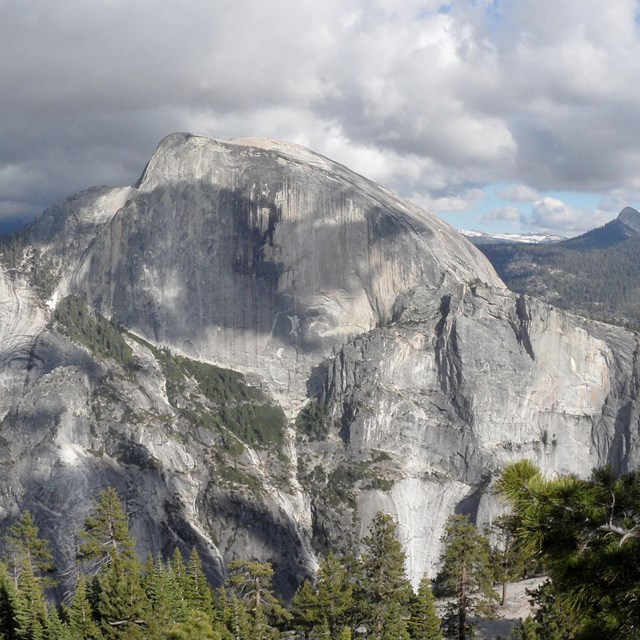
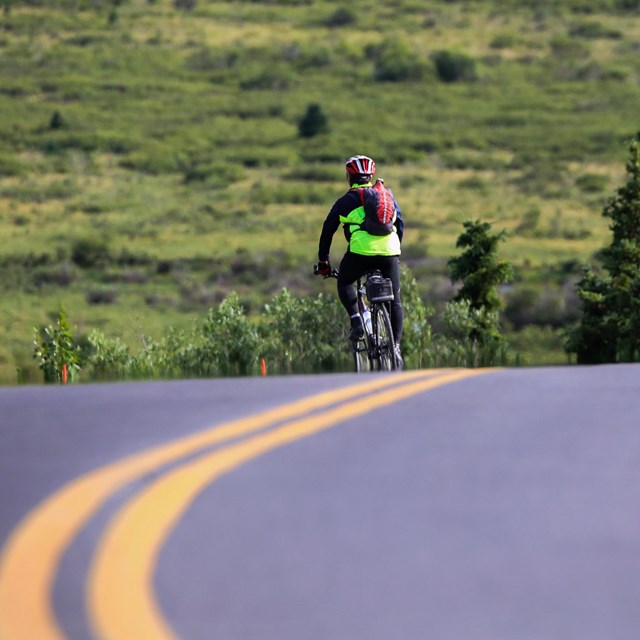
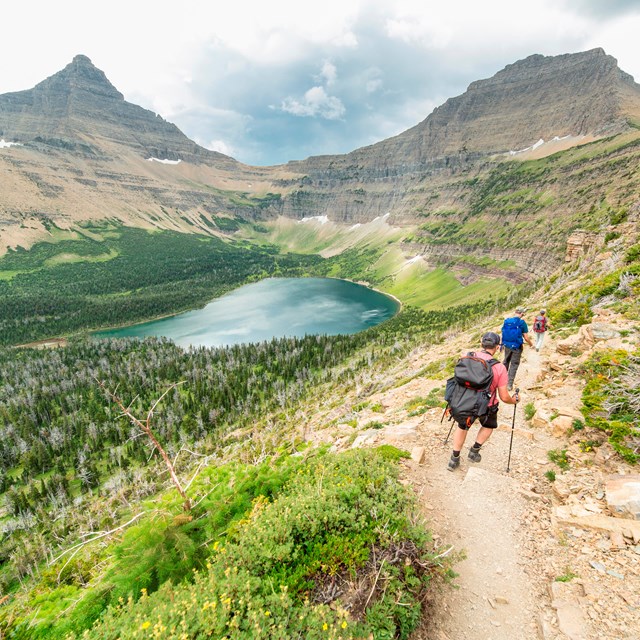


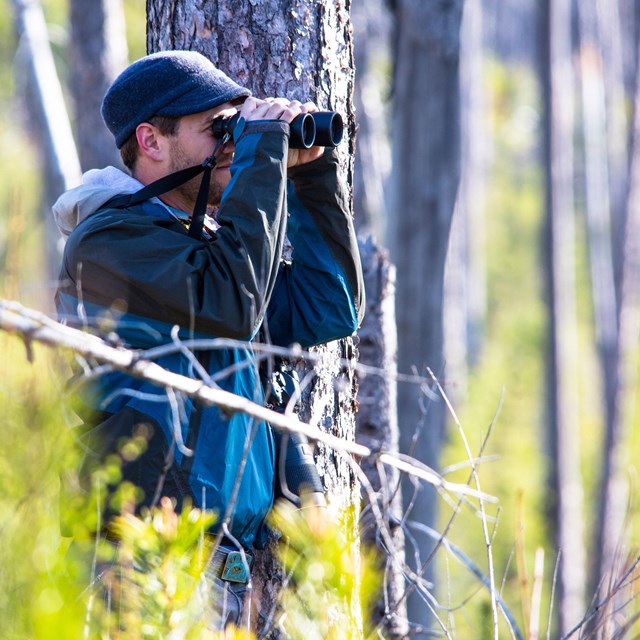
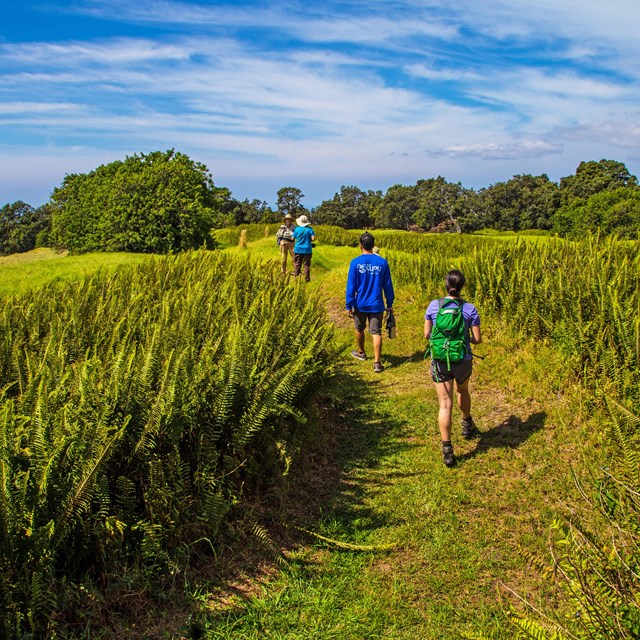
See, do & experiences
National parks offer countless opportunities to explore the great outdoors. There's something for everyone.

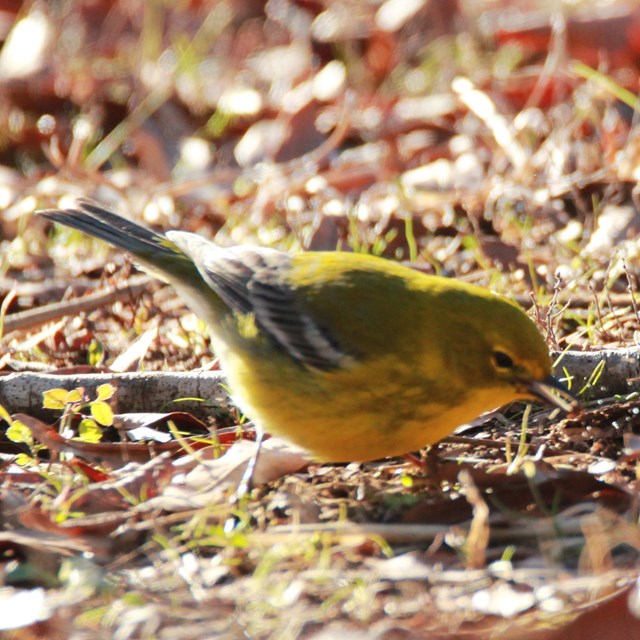
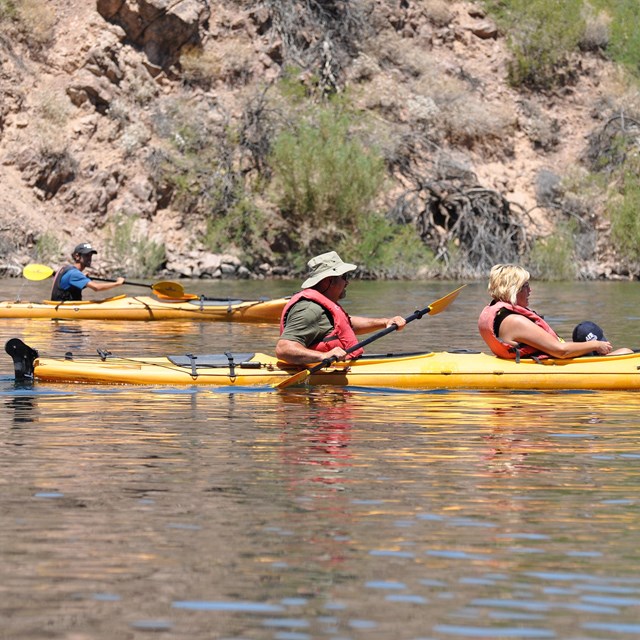

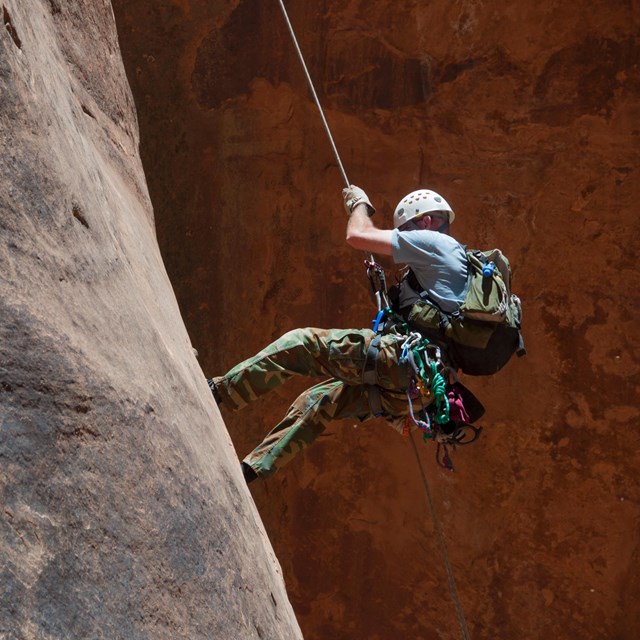
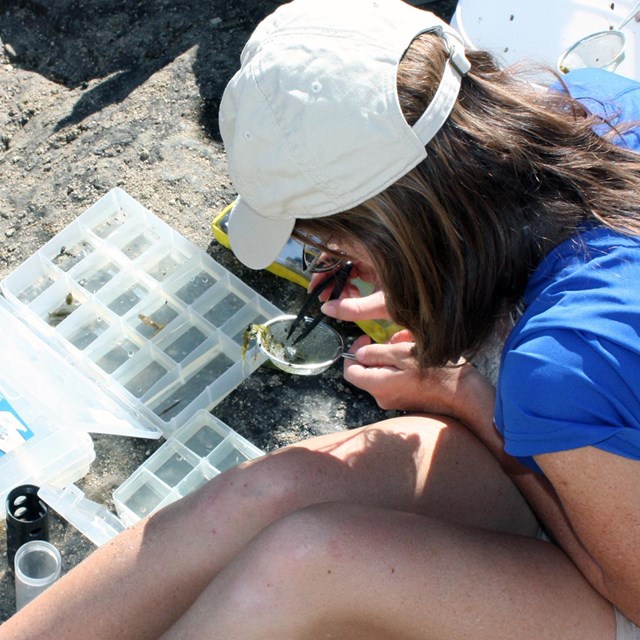
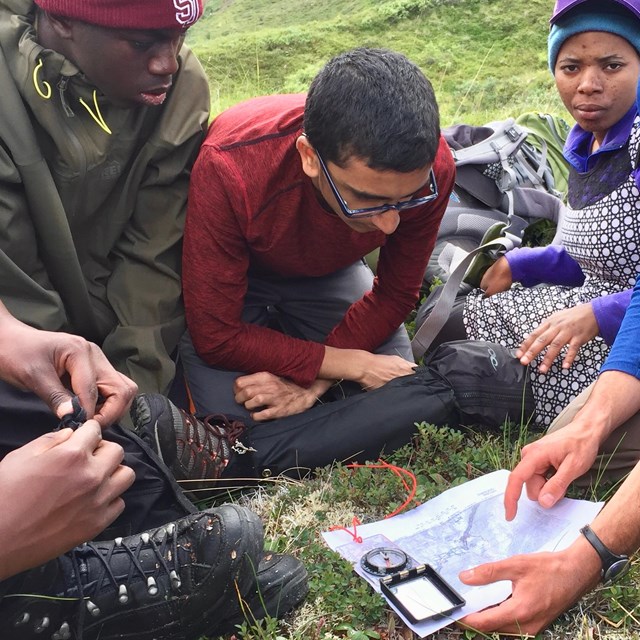




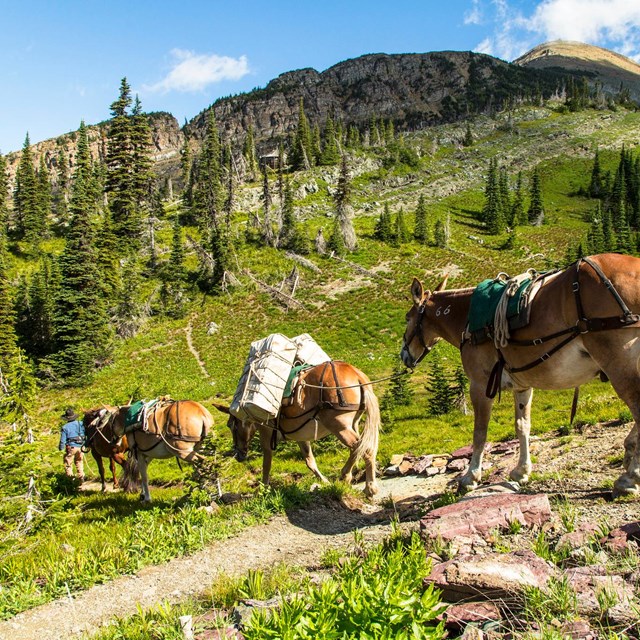
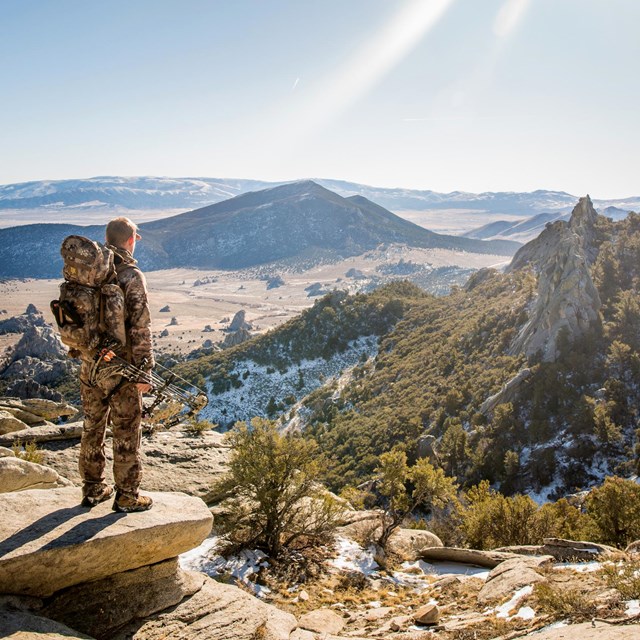

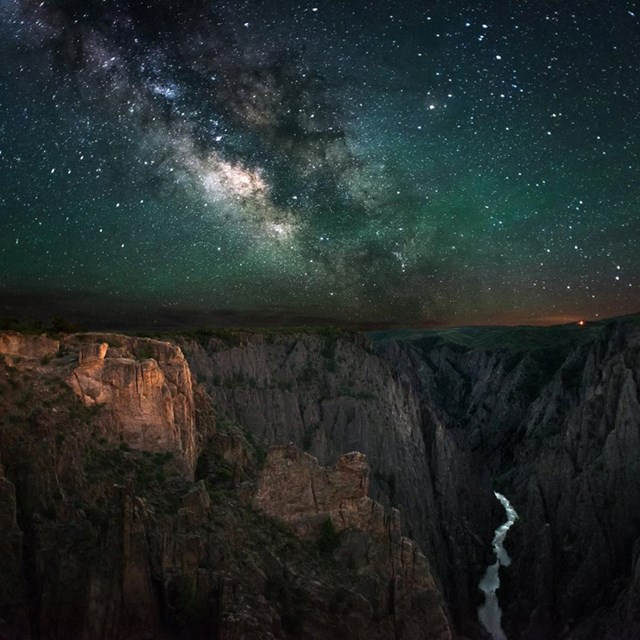

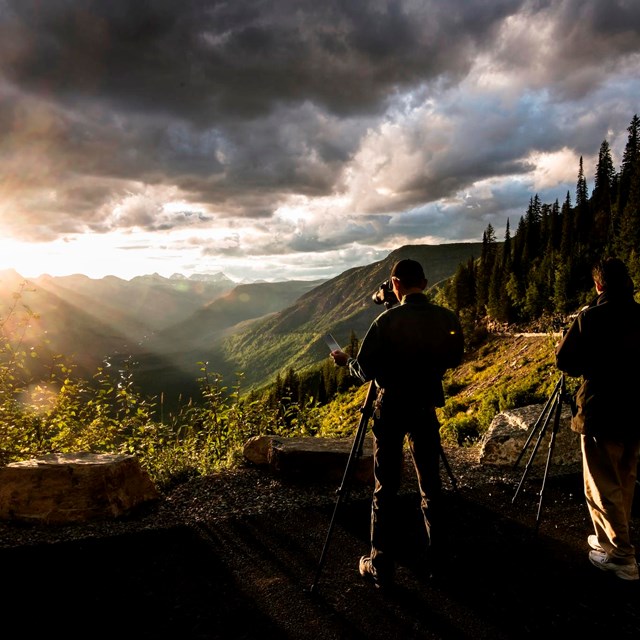

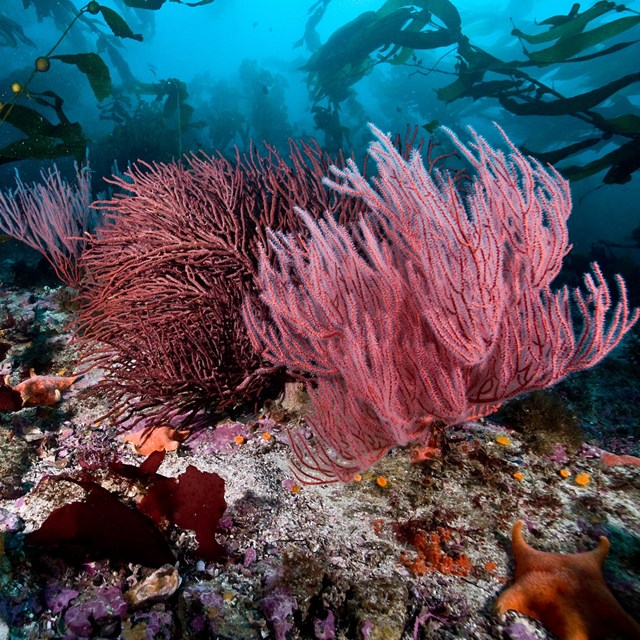

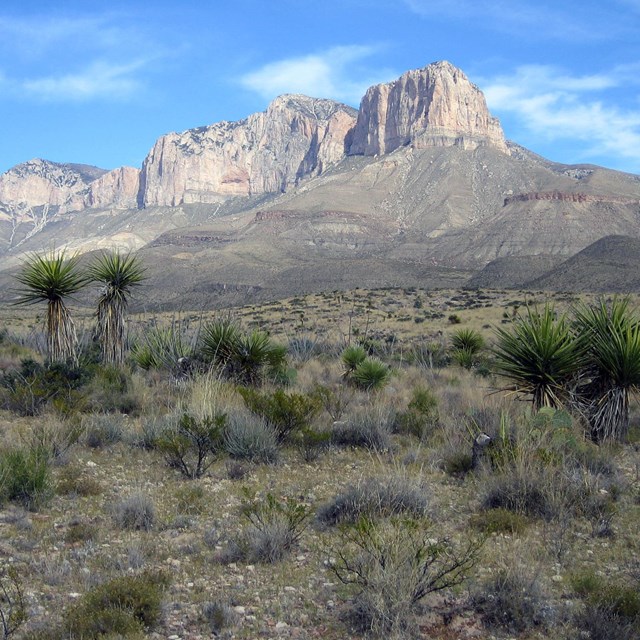
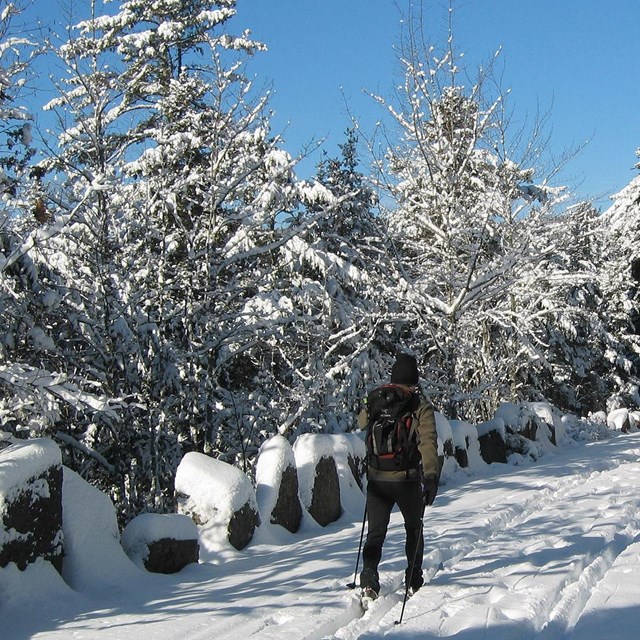
This is a FAQ description. Add more detail about this service, such as benefits, appearance, components and value
This is a FAQ description. Add more detail about this service, such as benefits, appearance, components and value
This is a FAQ description. Add more detail about this service, such as benefits, appearance, components and value
This is a FAQ description. Add more detail about this service, such as benefits, appearance, components and value
This is a FAQ description. Add more detail about this service, such as benefits, appearance, components and value
This is a FAQ description. Add more detail about this service, such as benefits, appearance, components and value
This is a FAQ description. Add more detail about this service, such as benefits, appearance, components and value